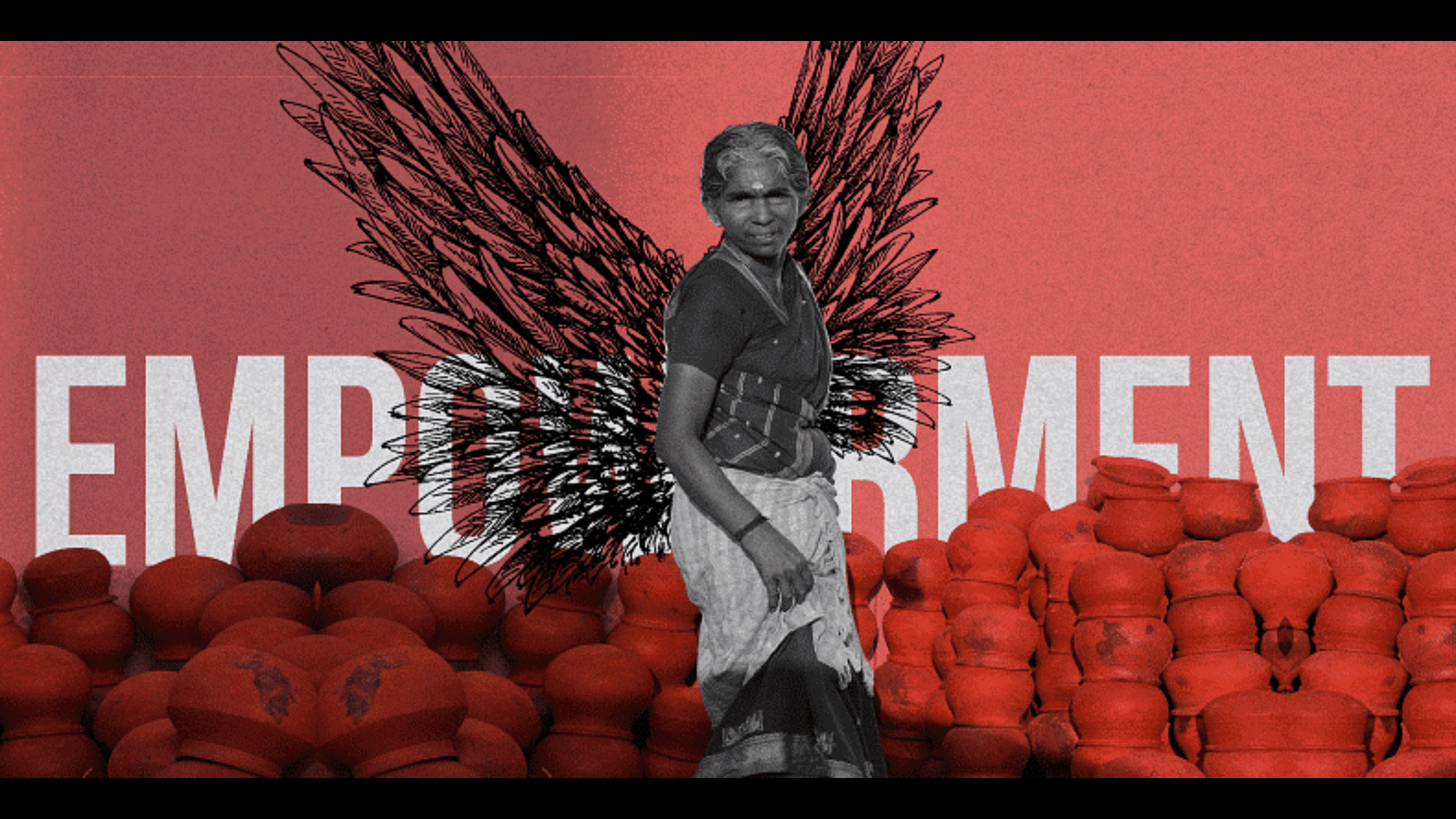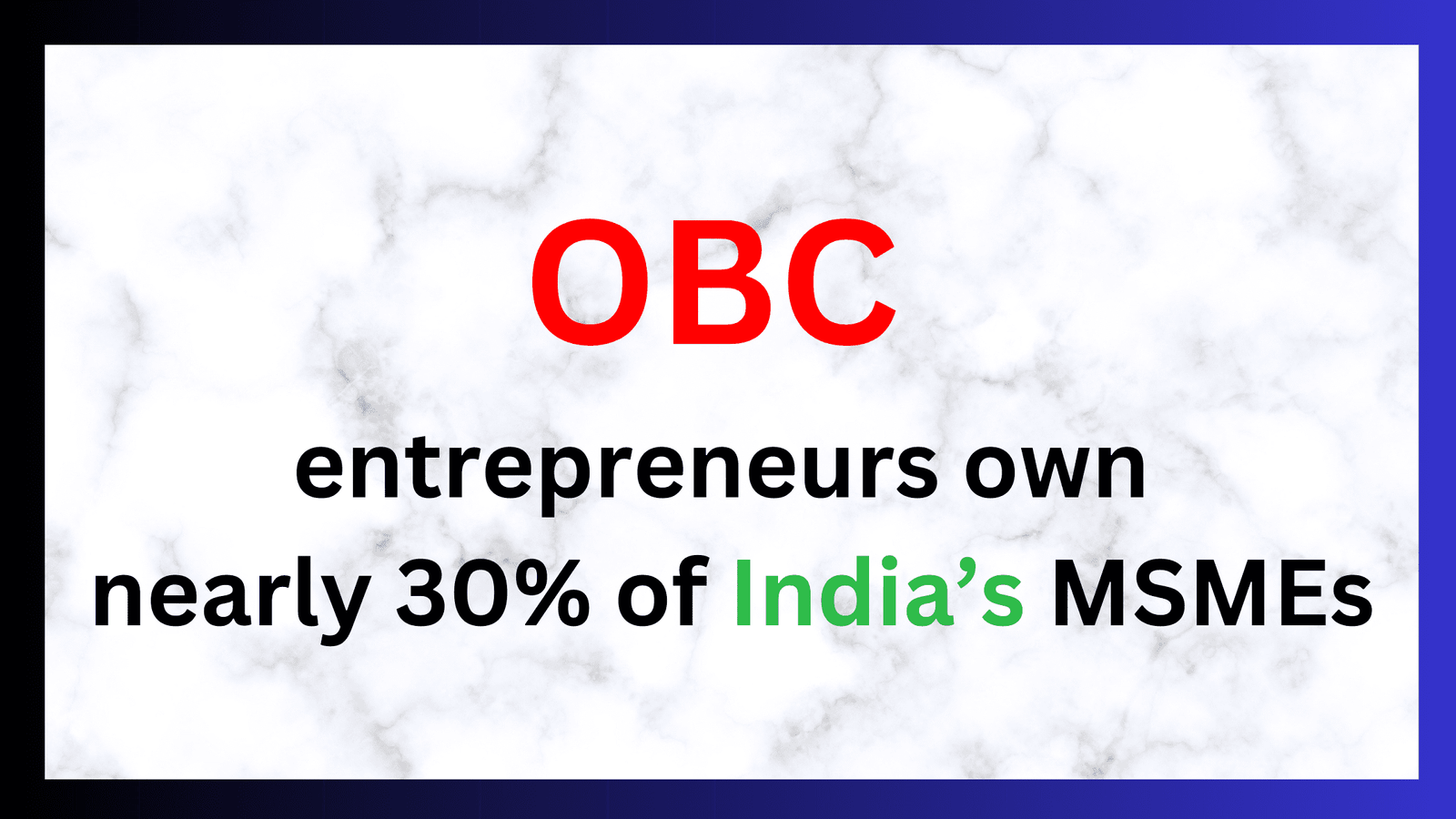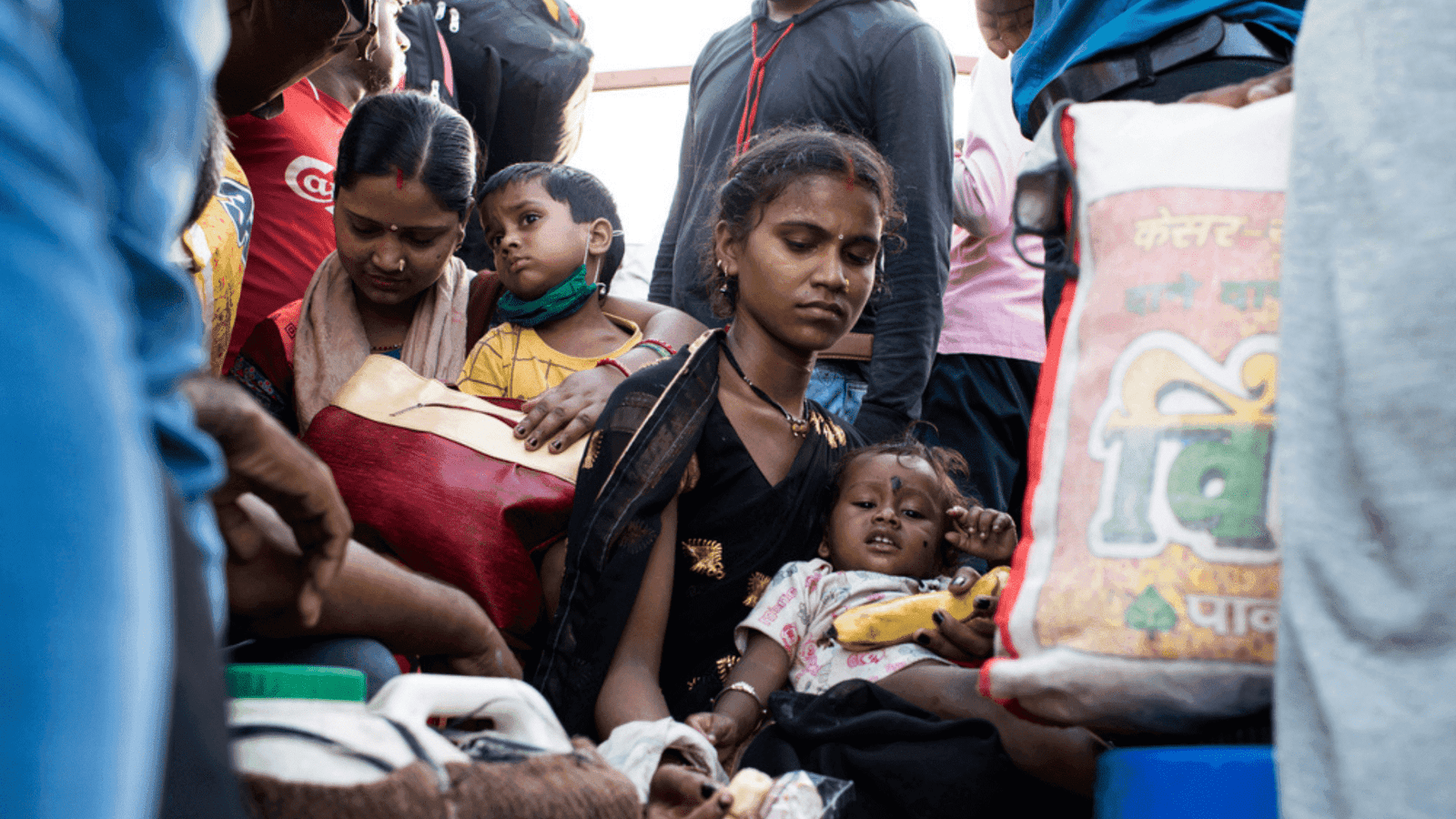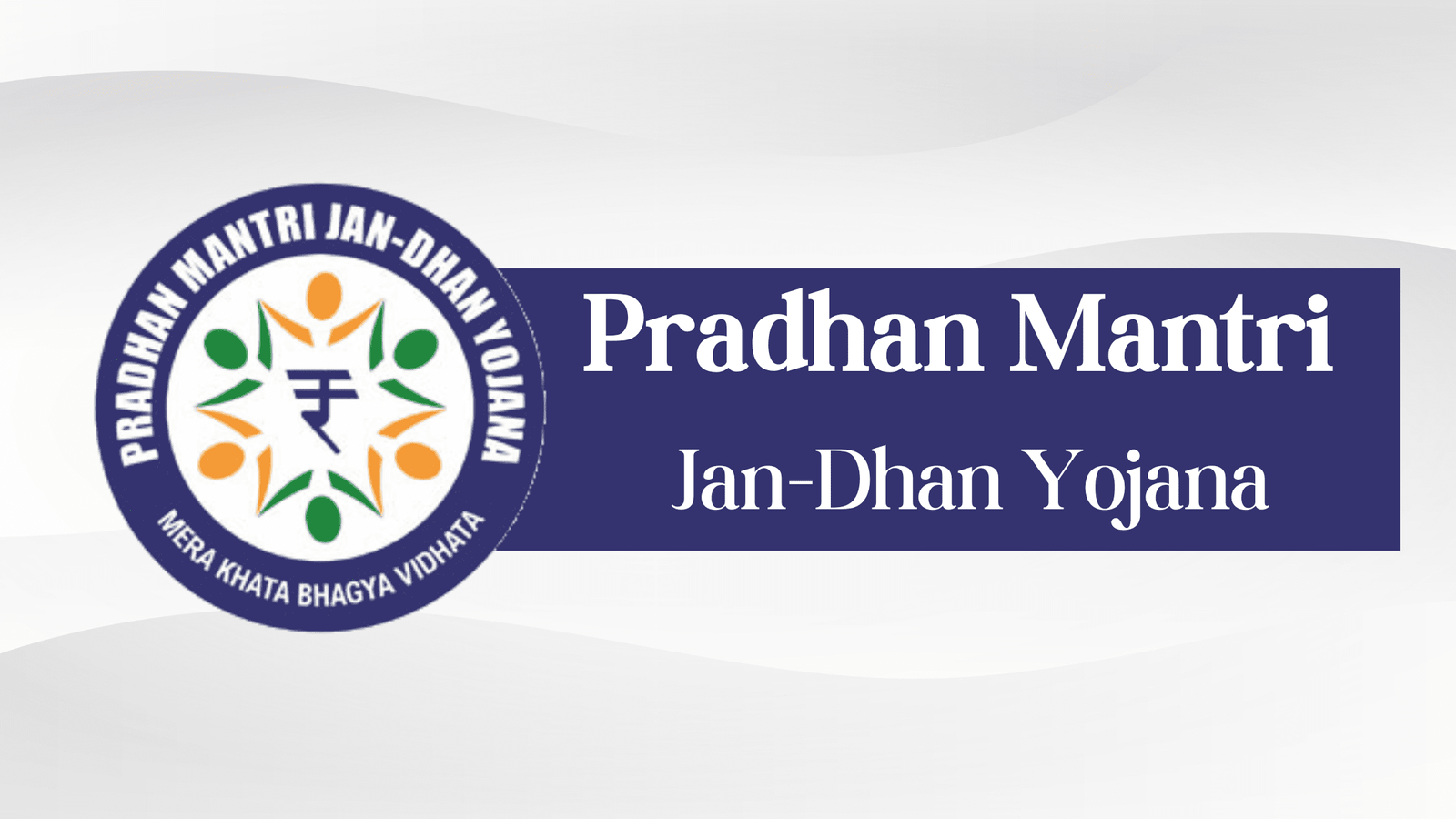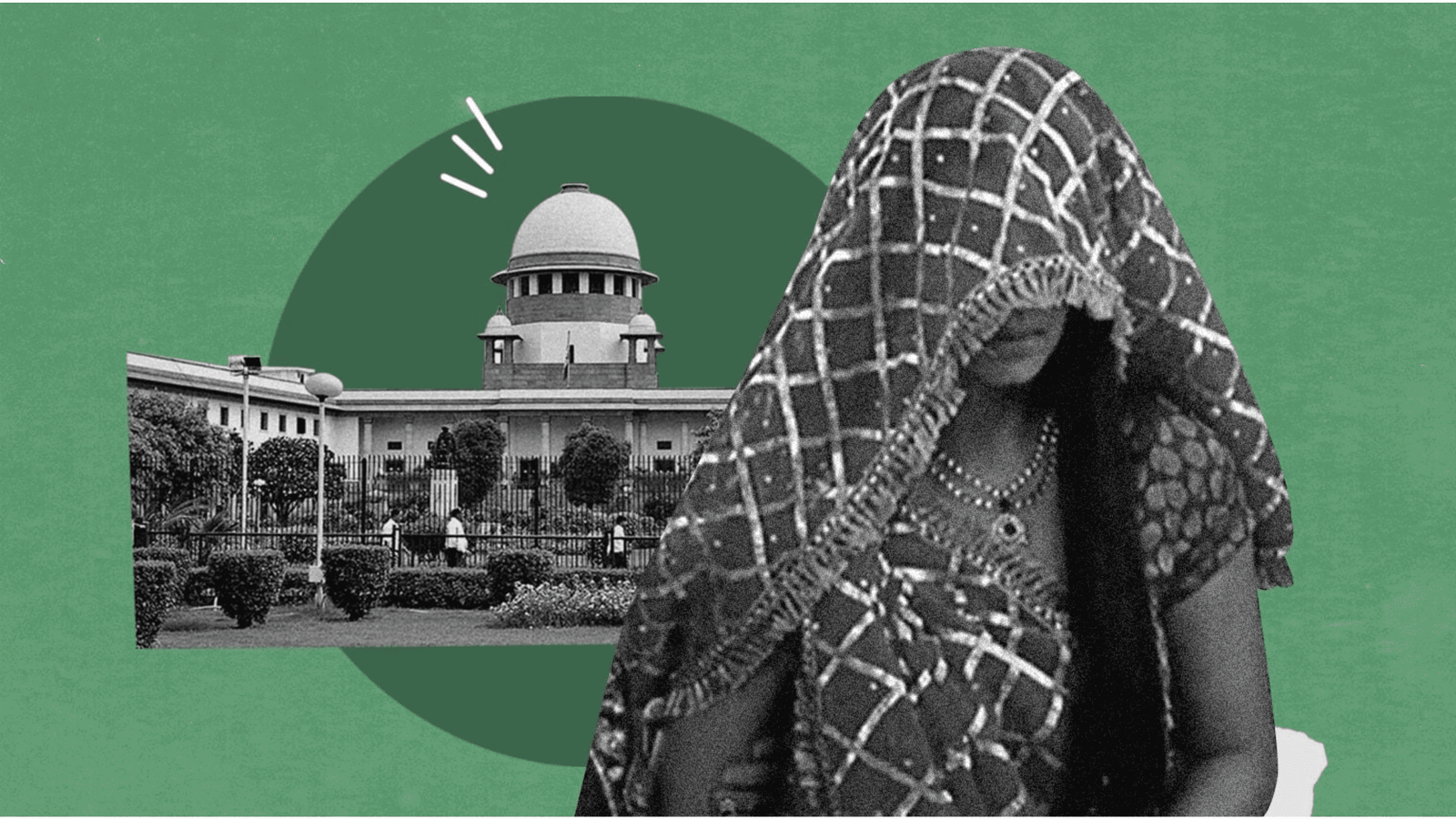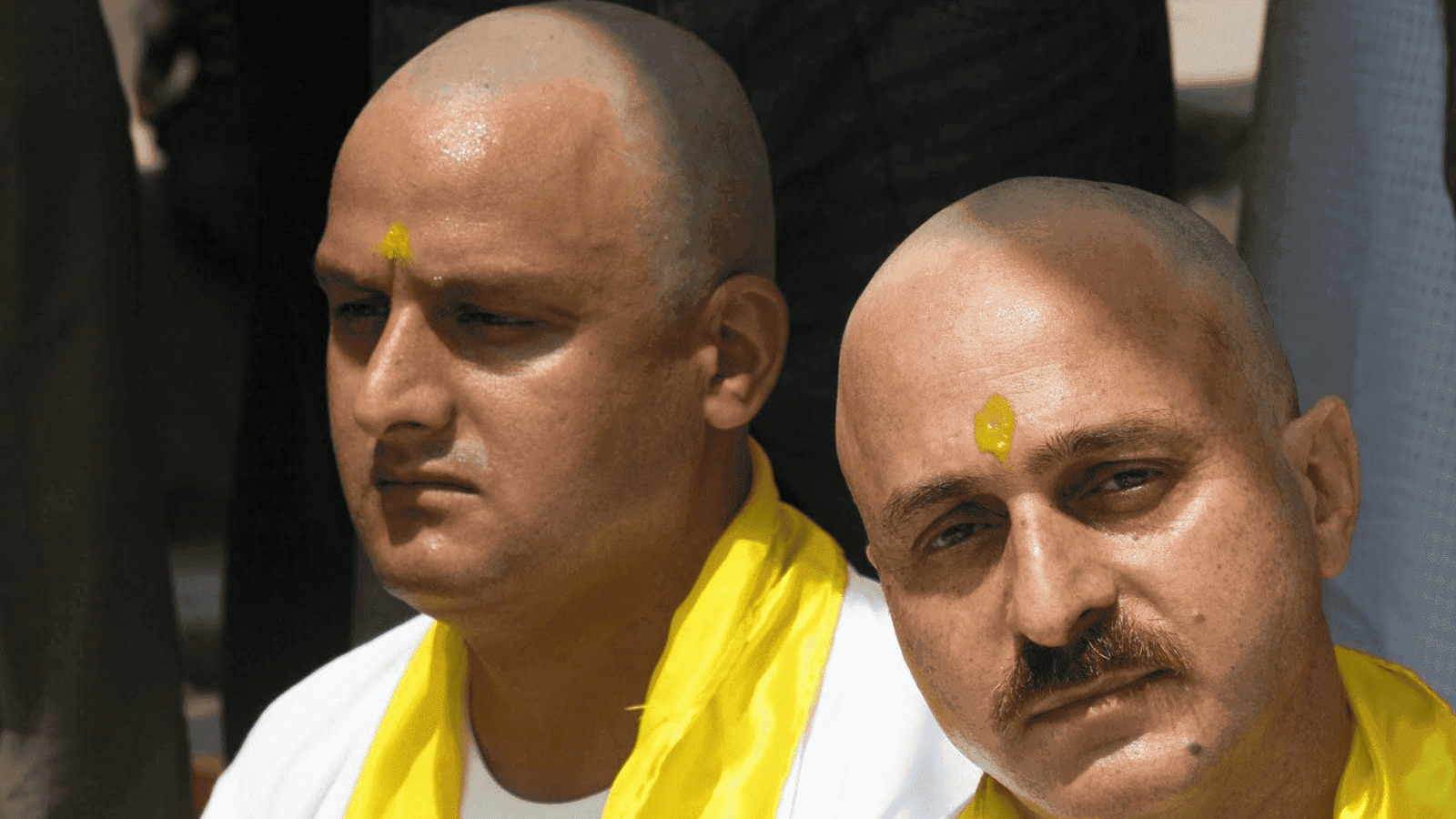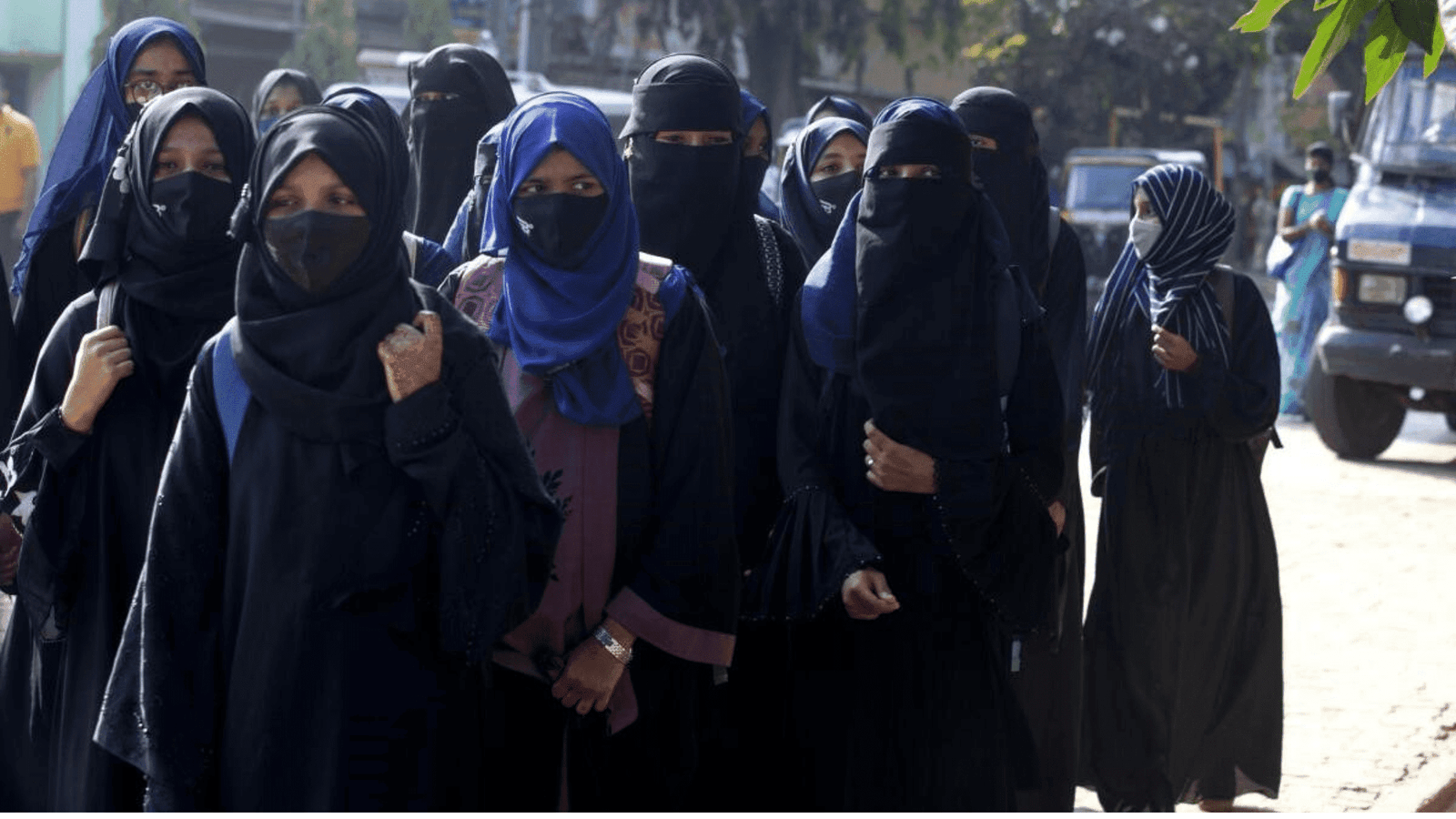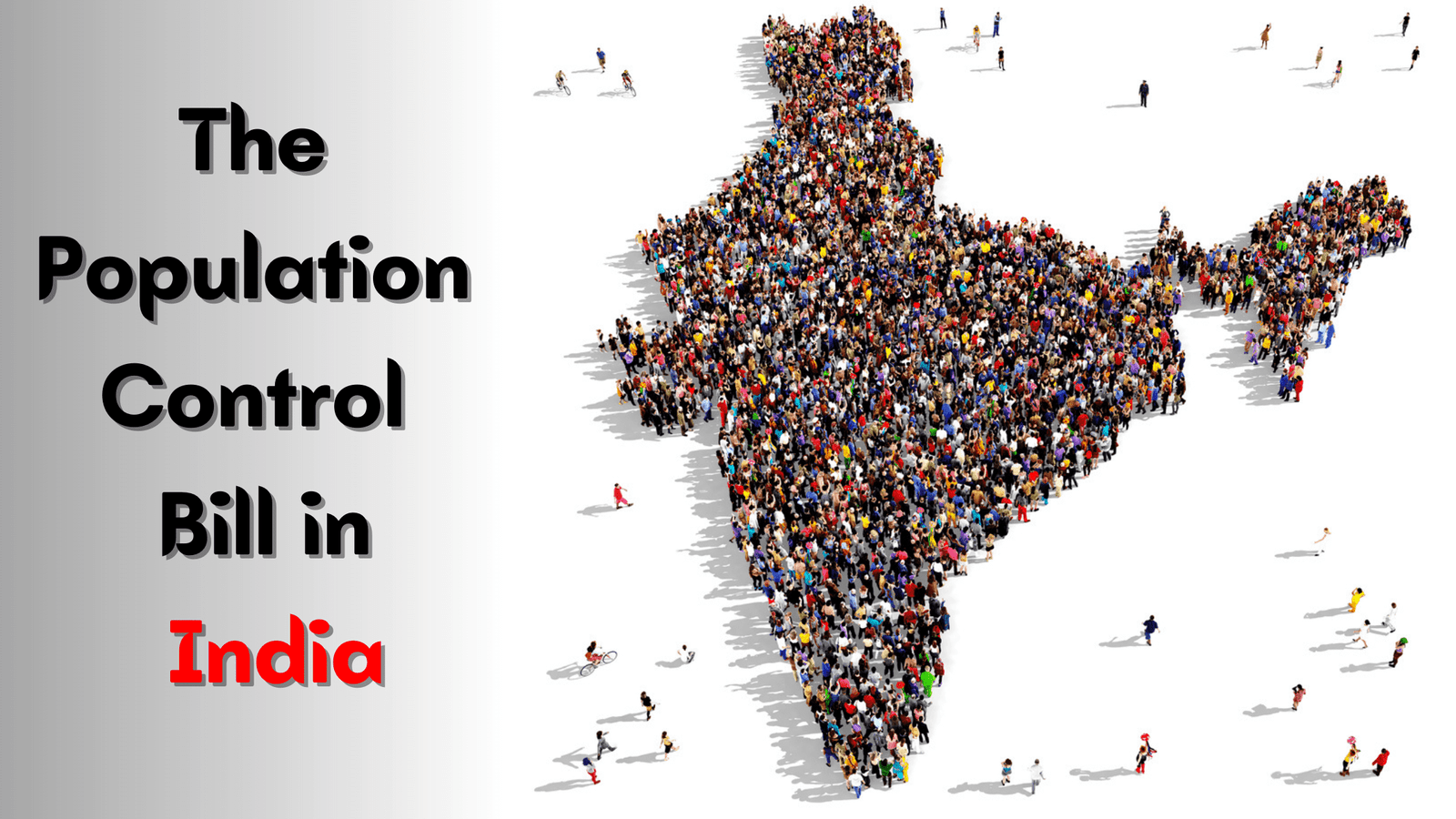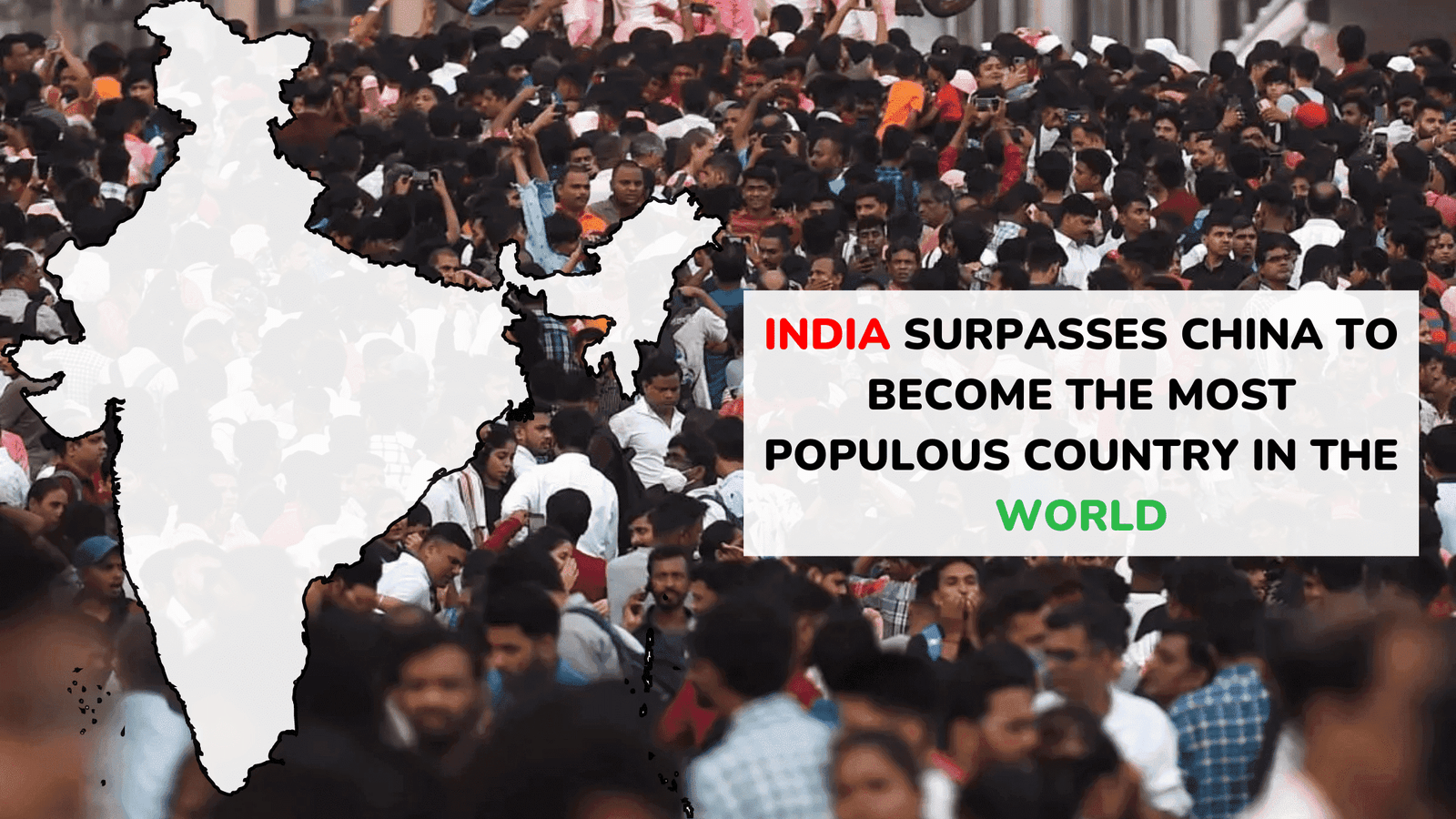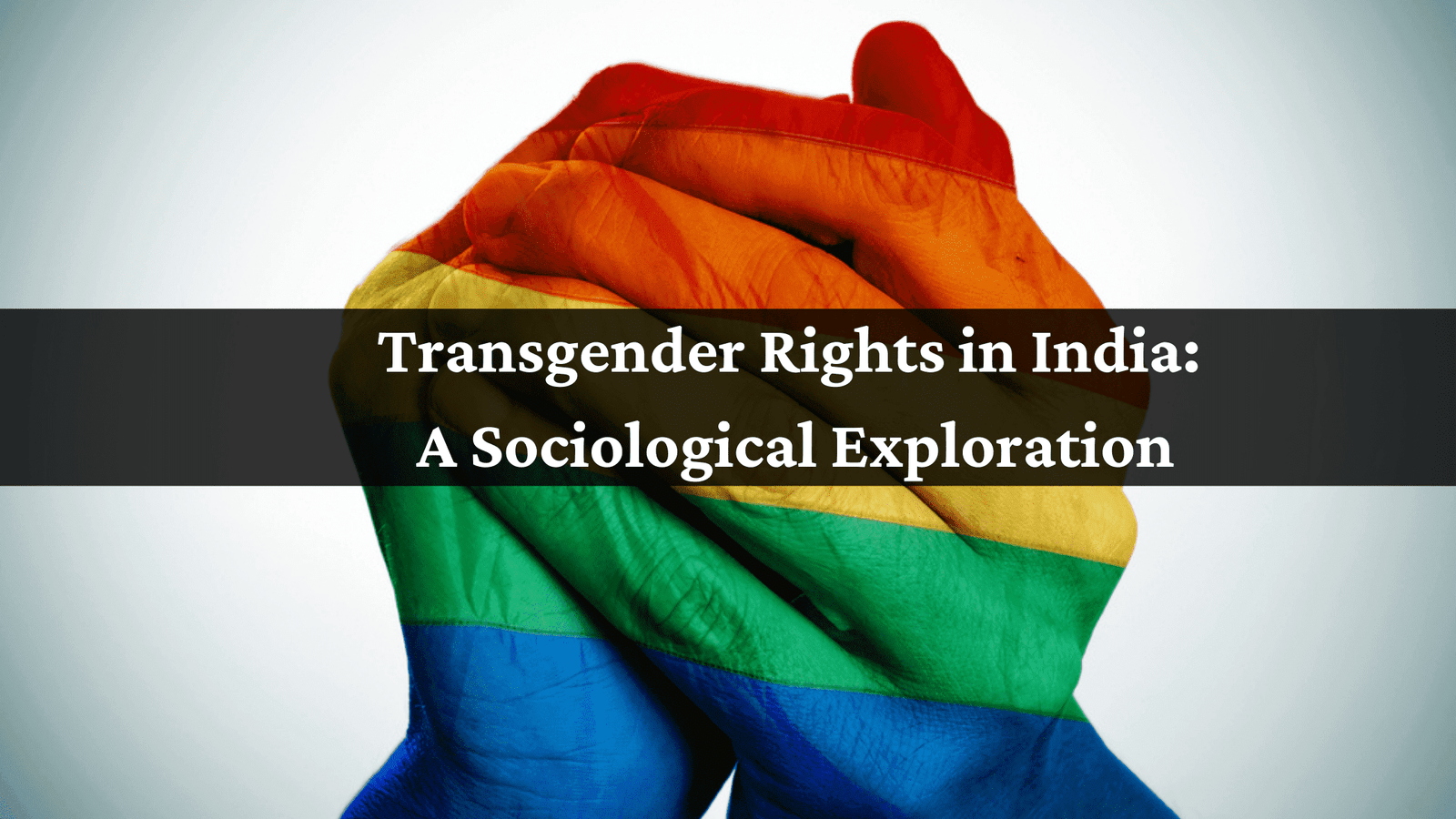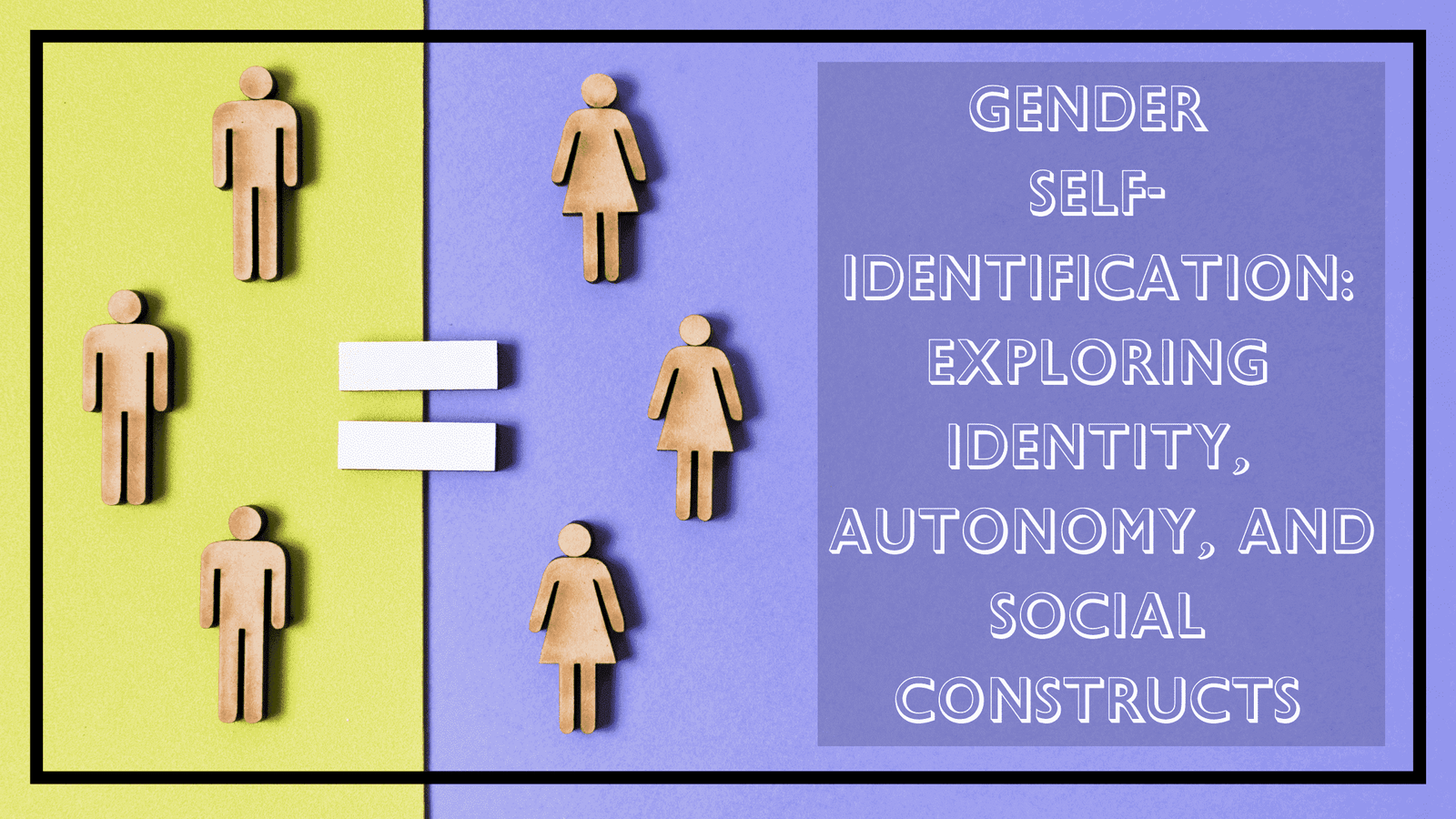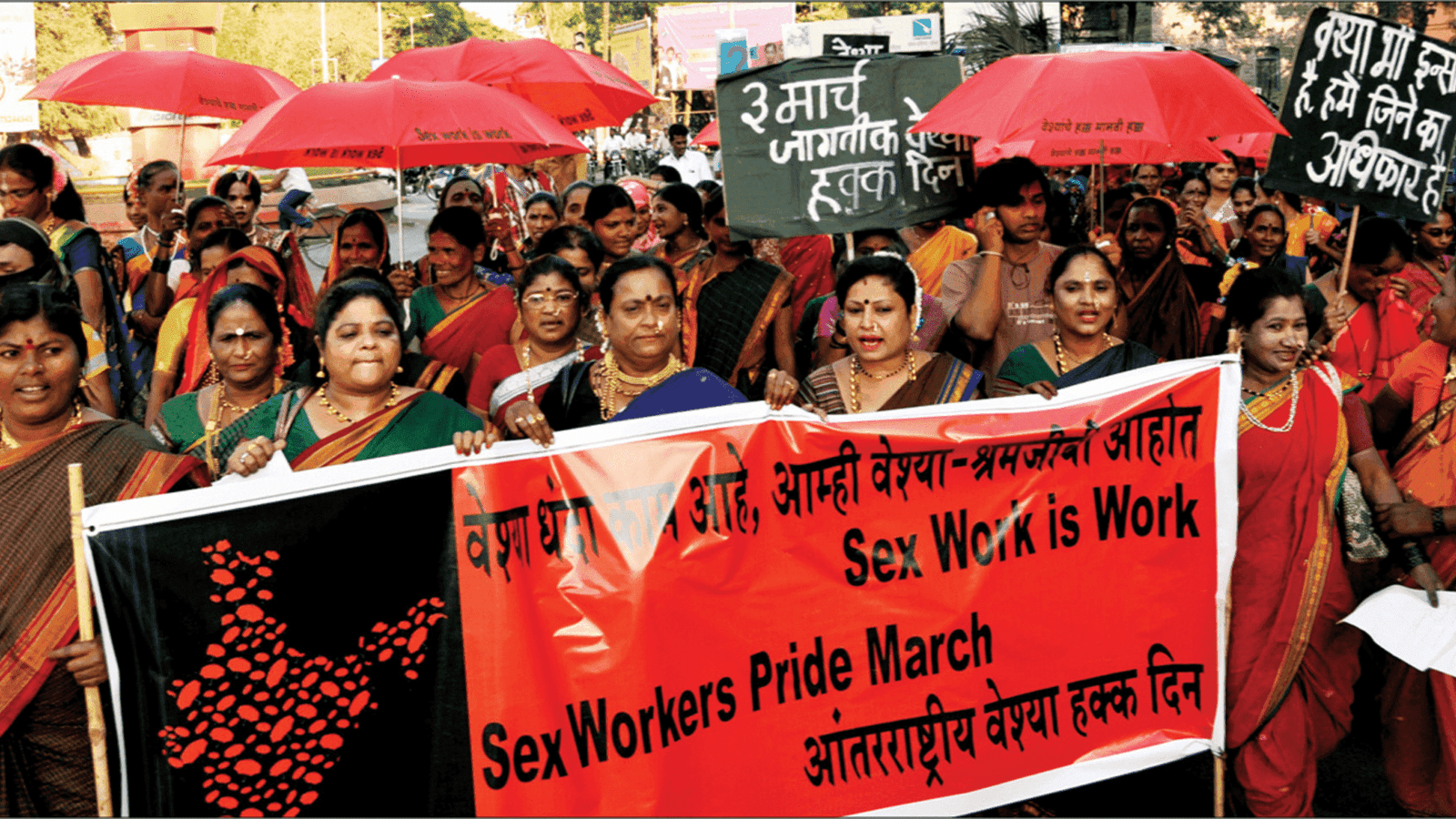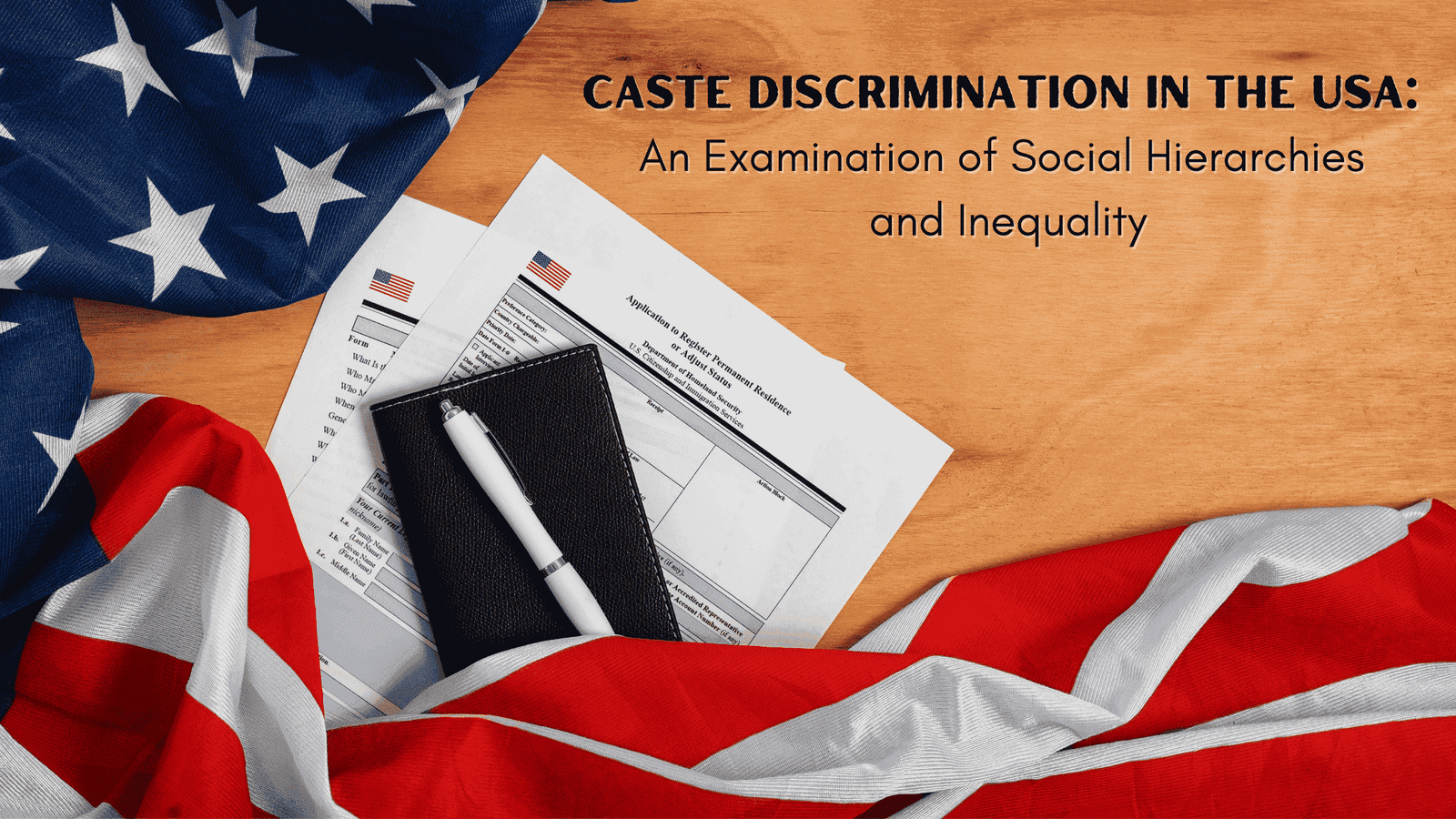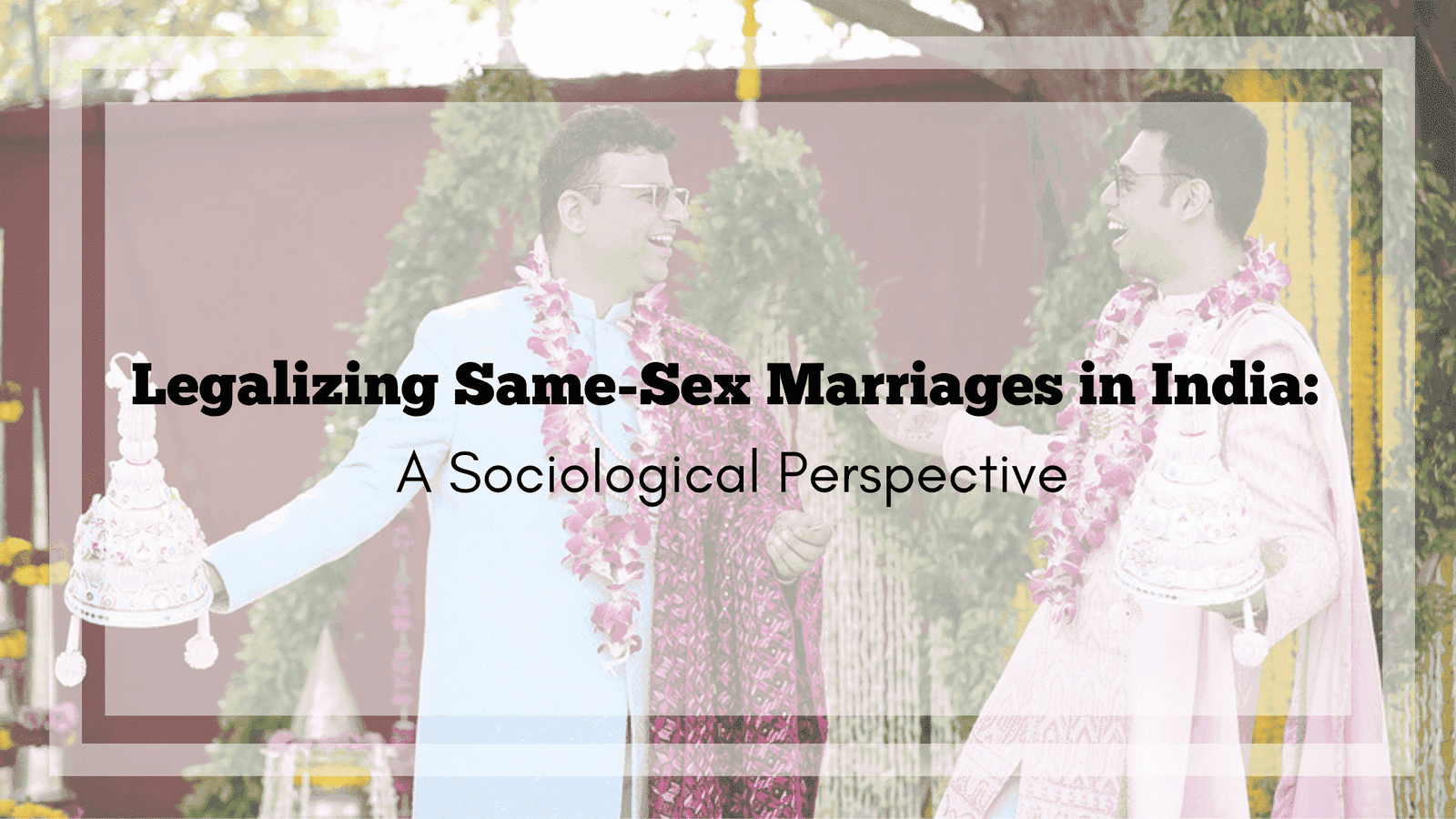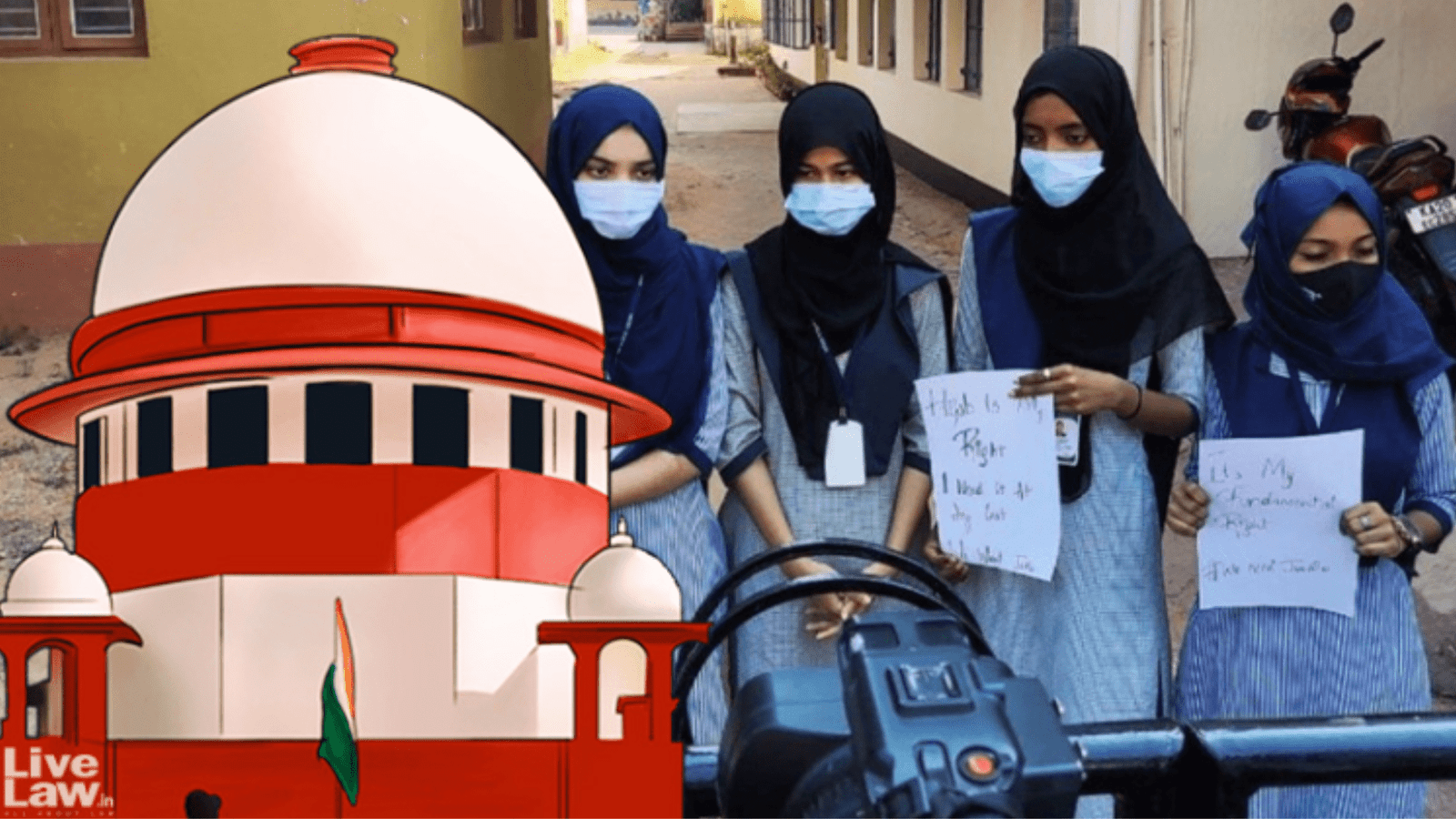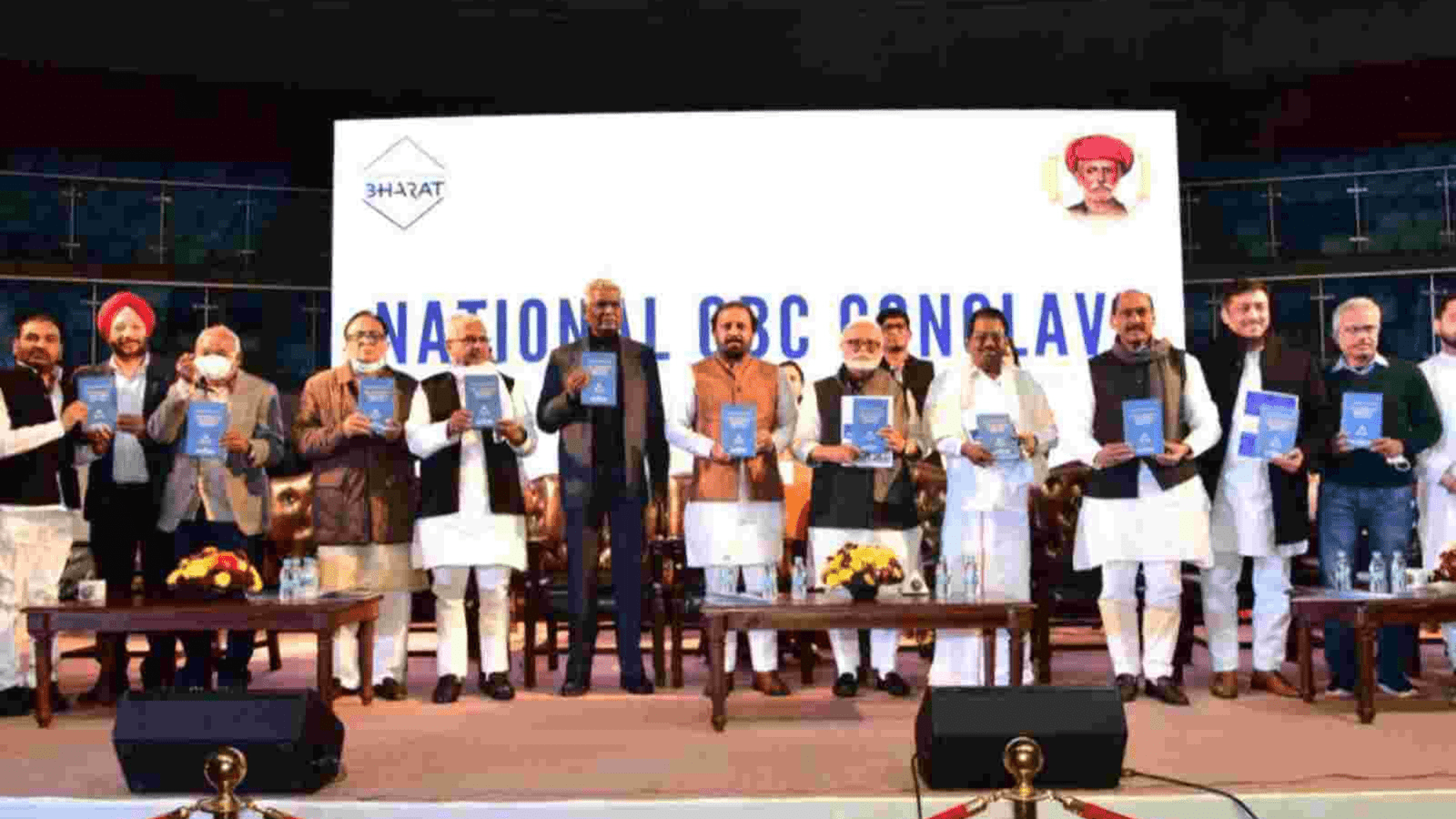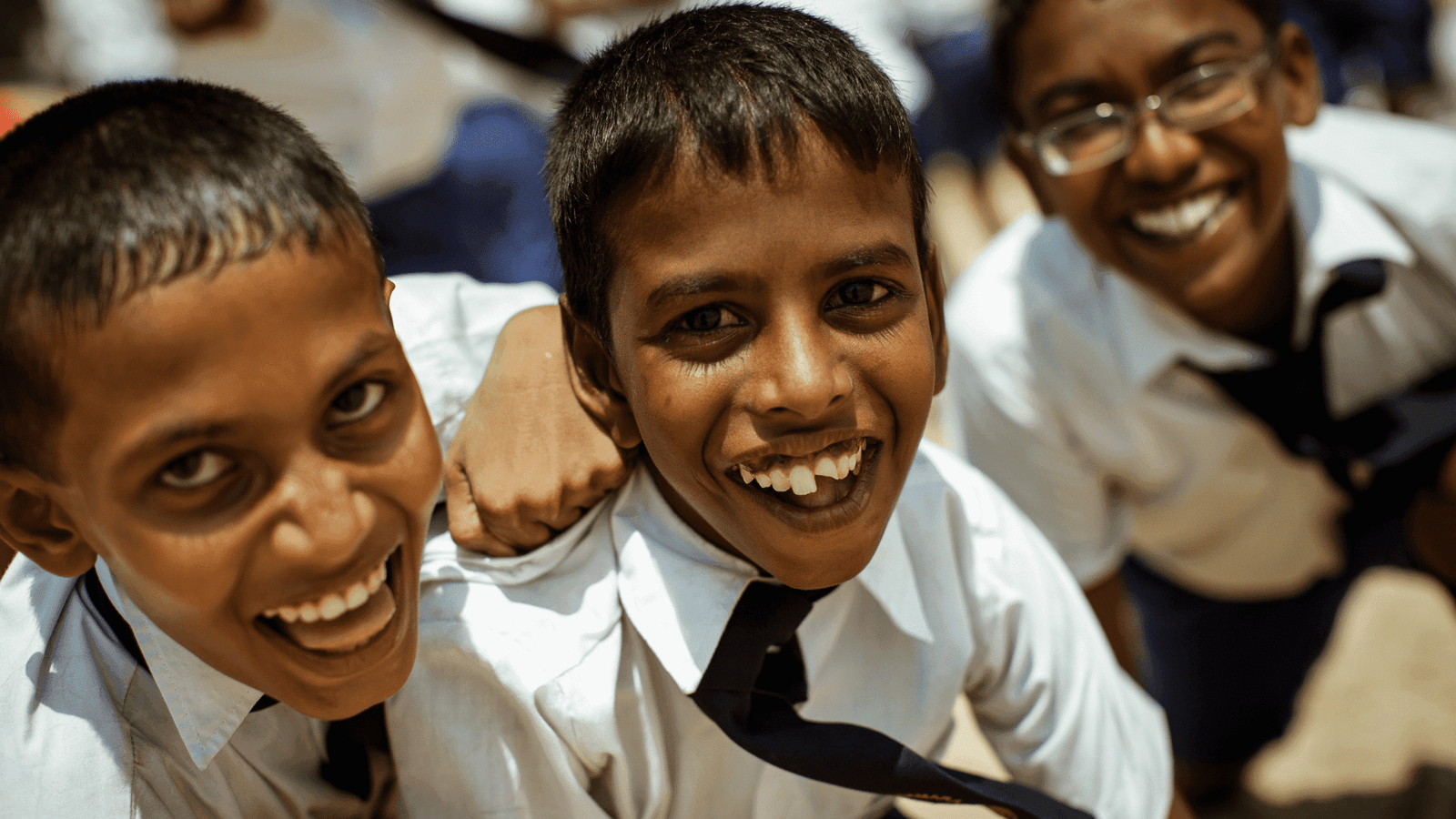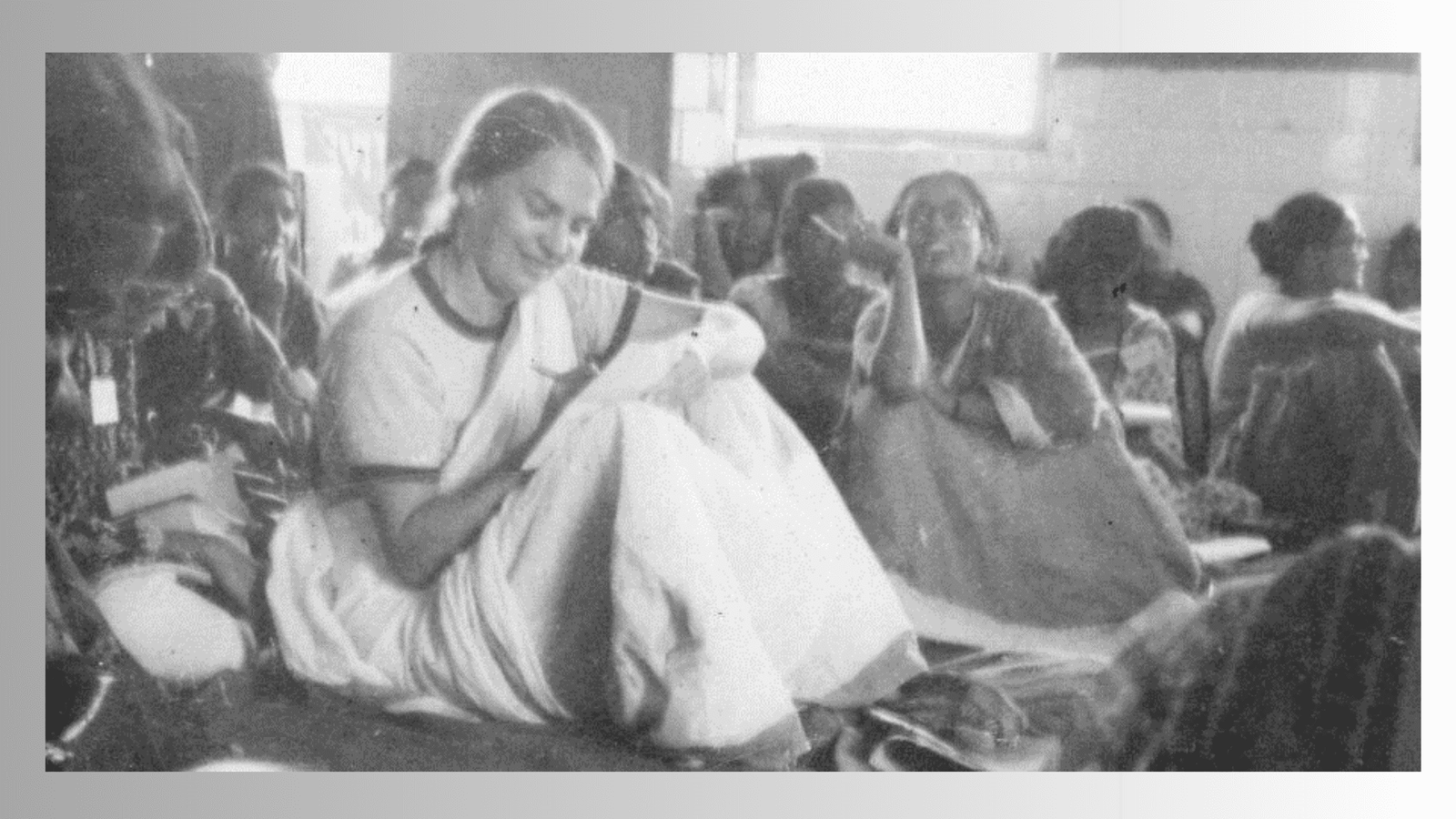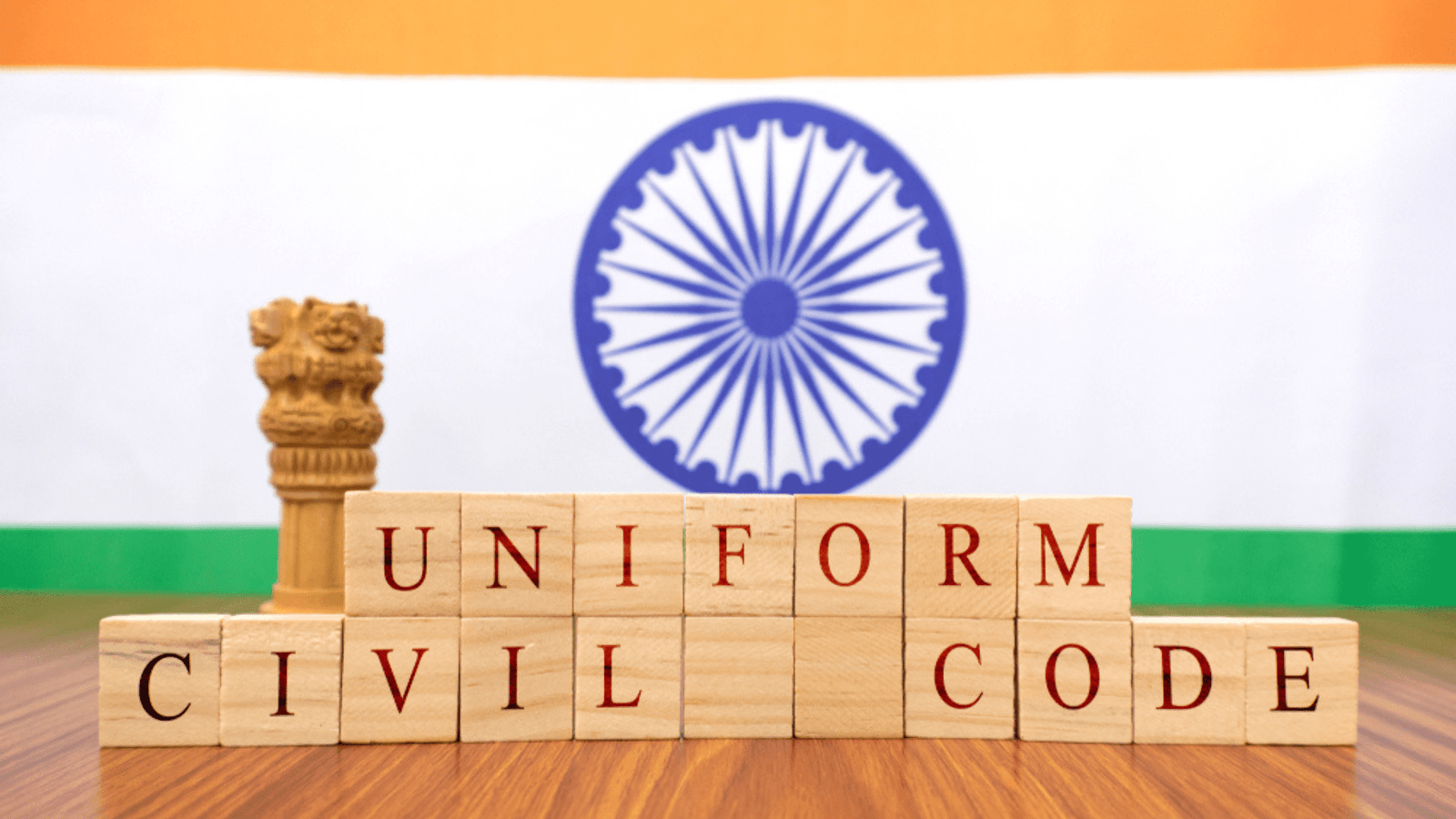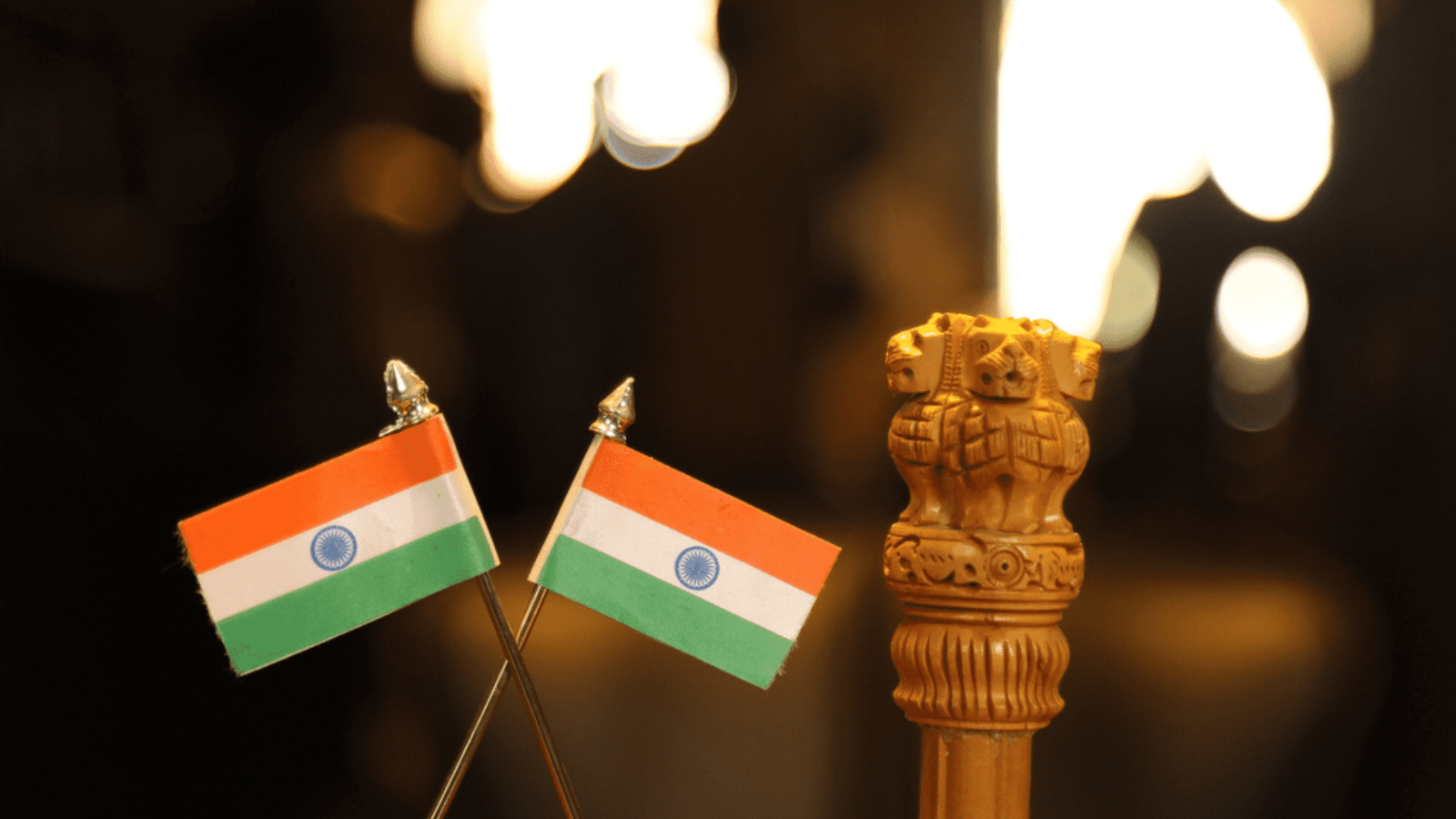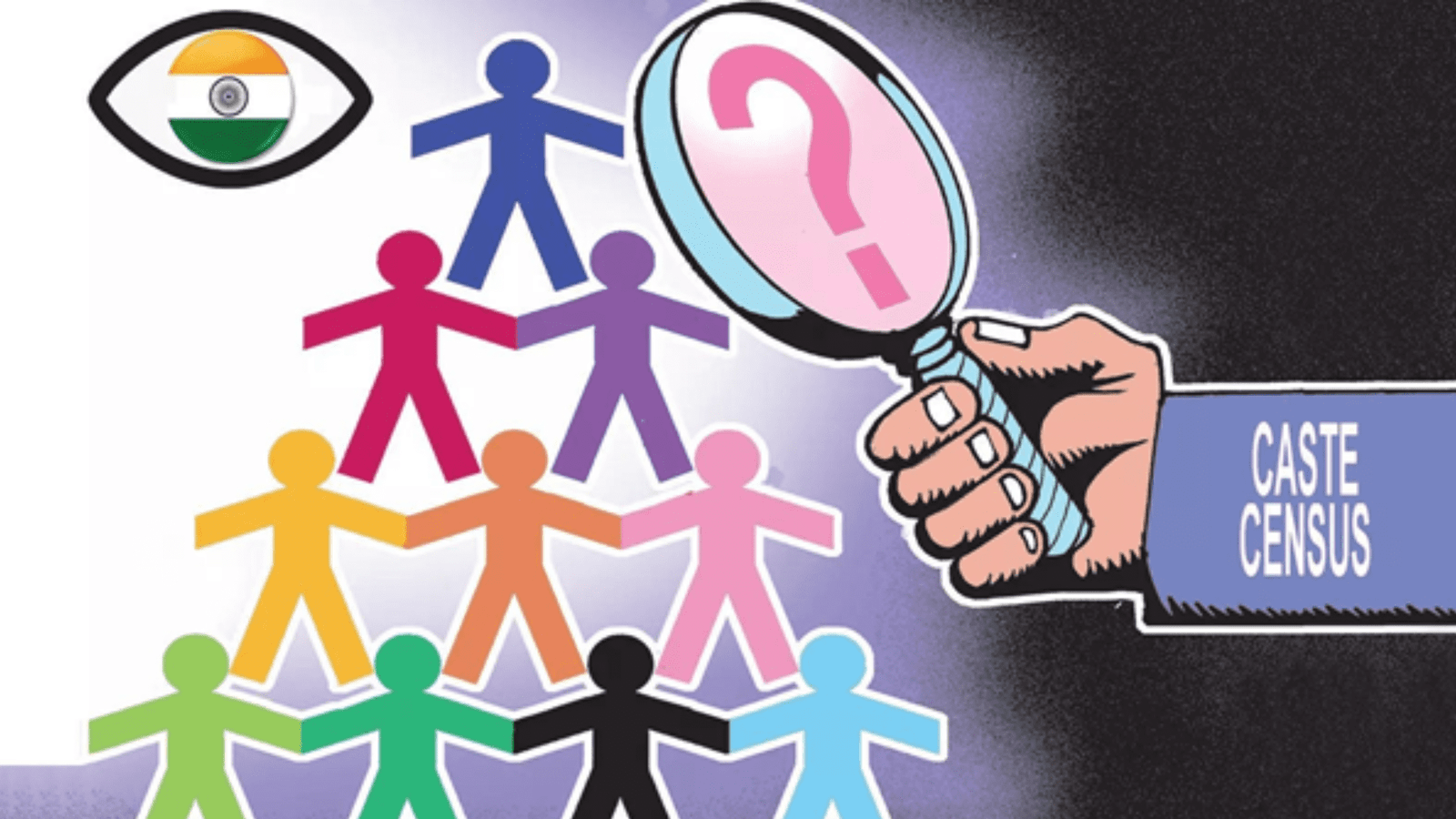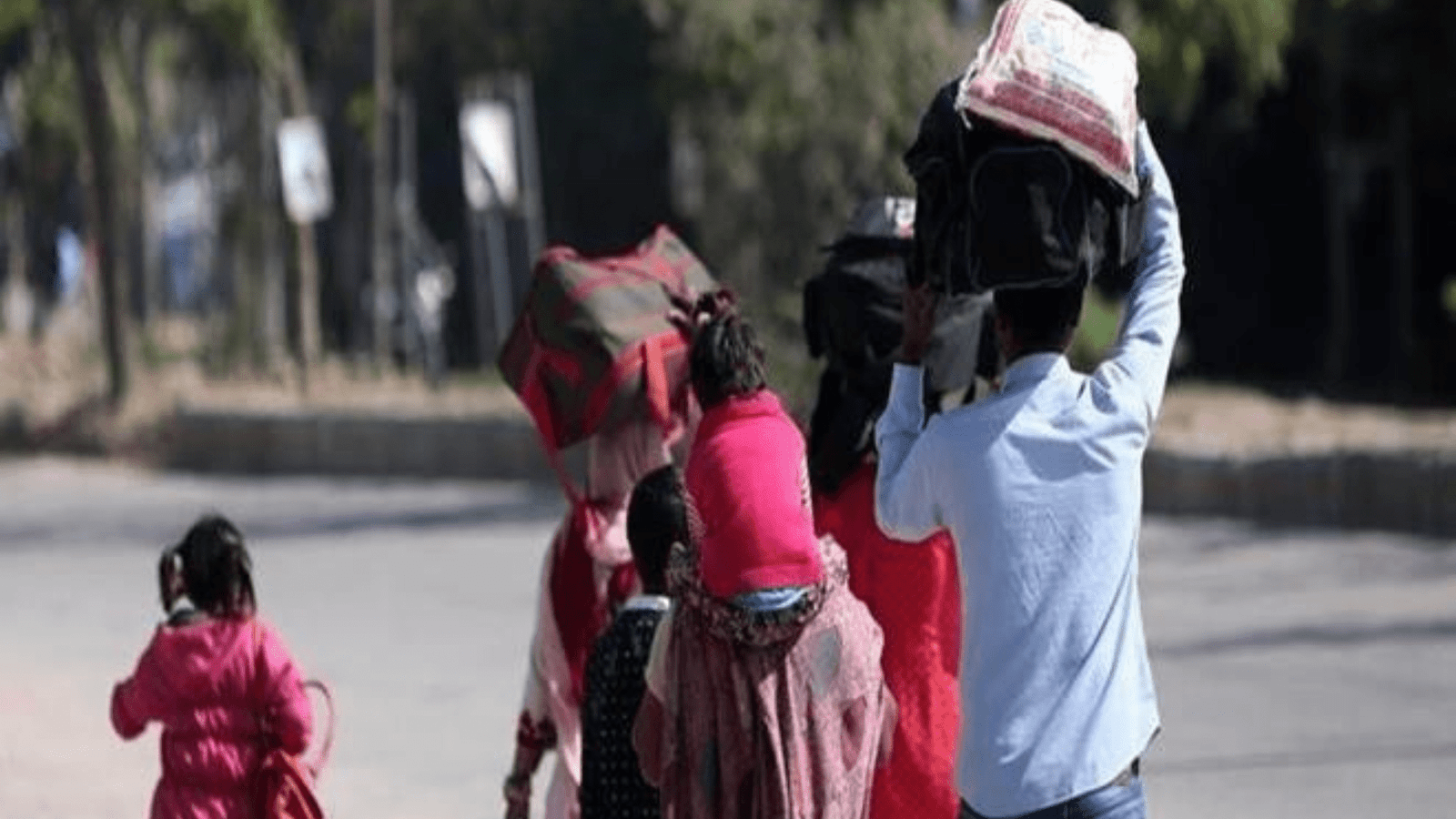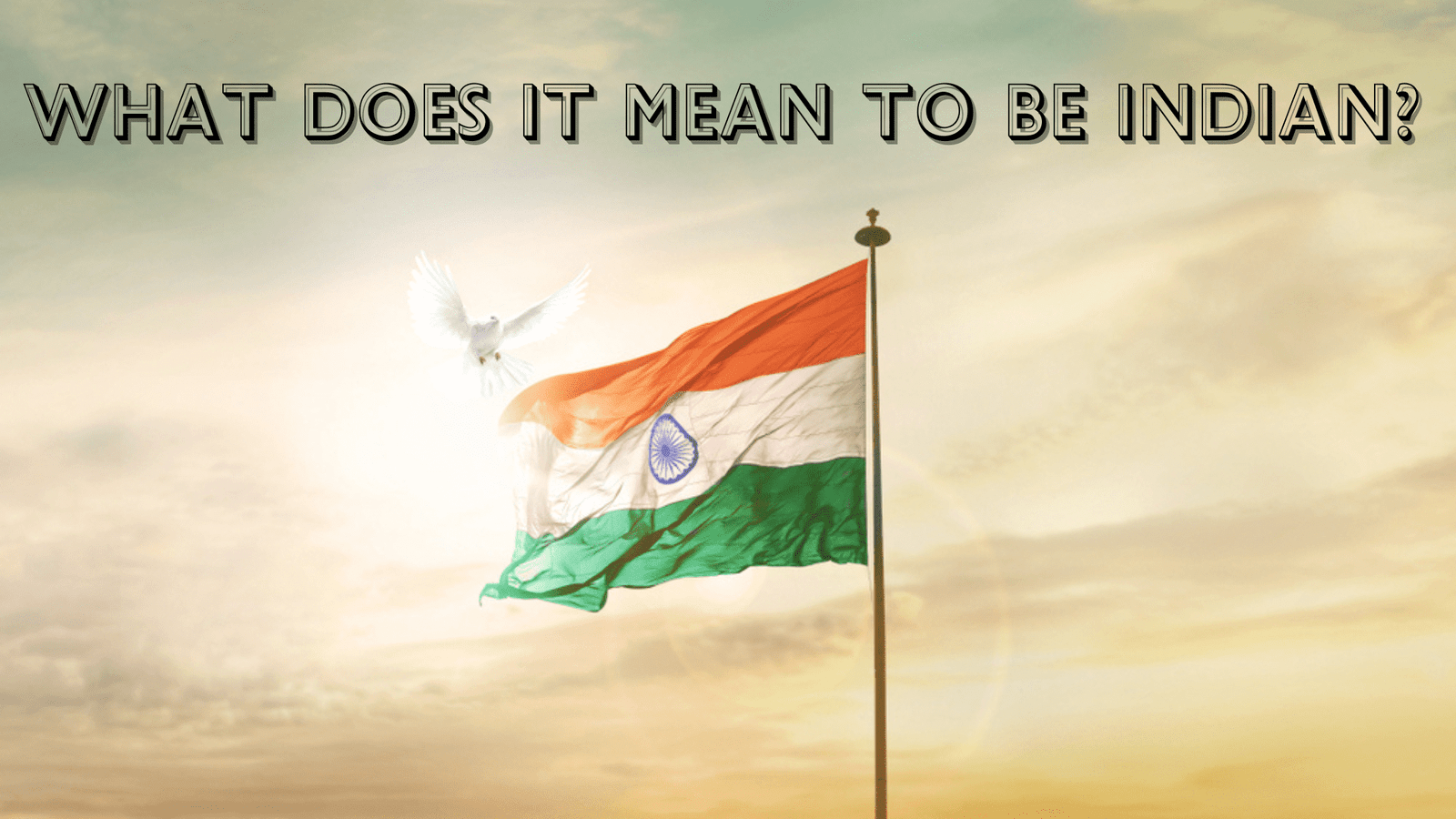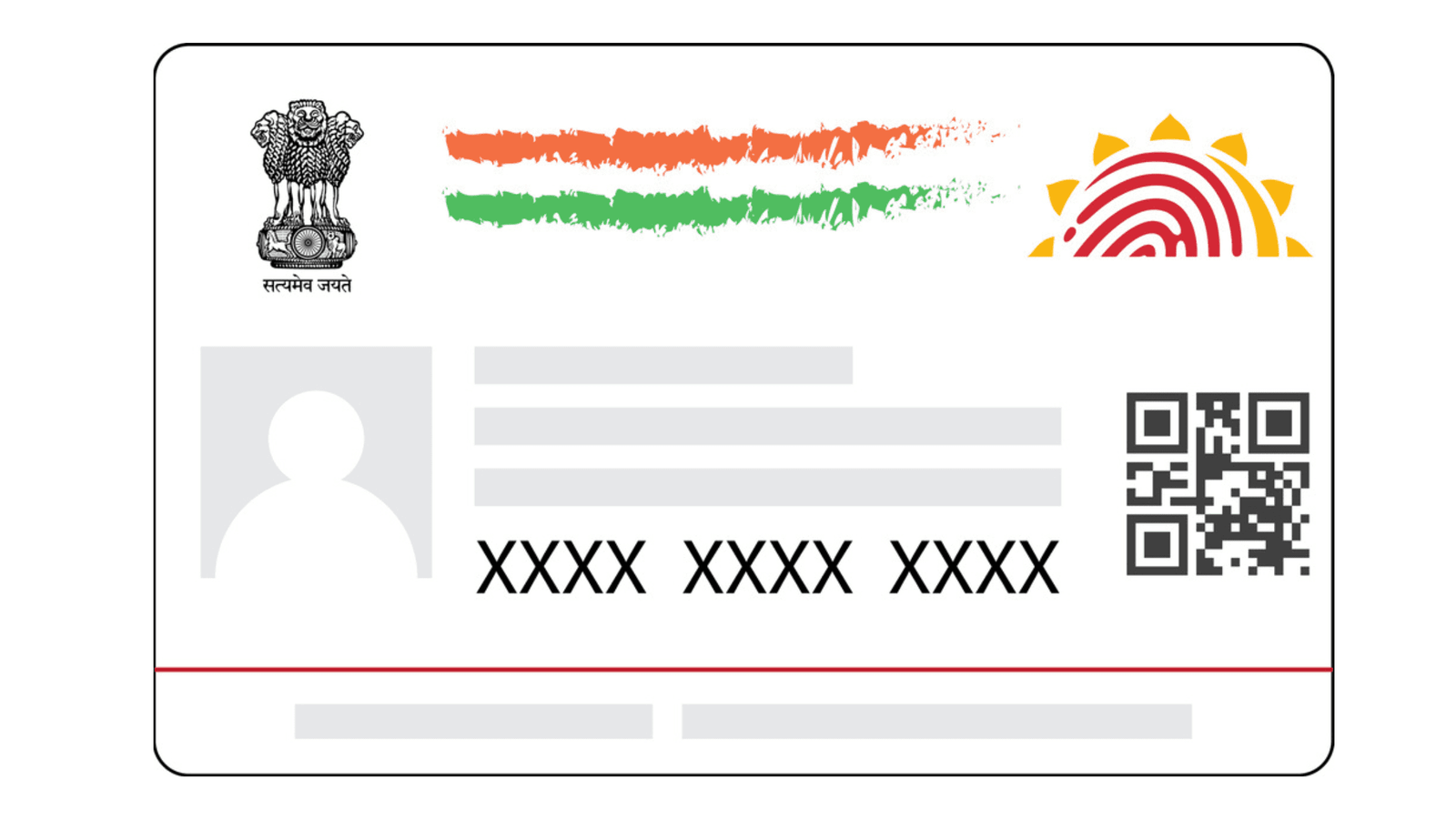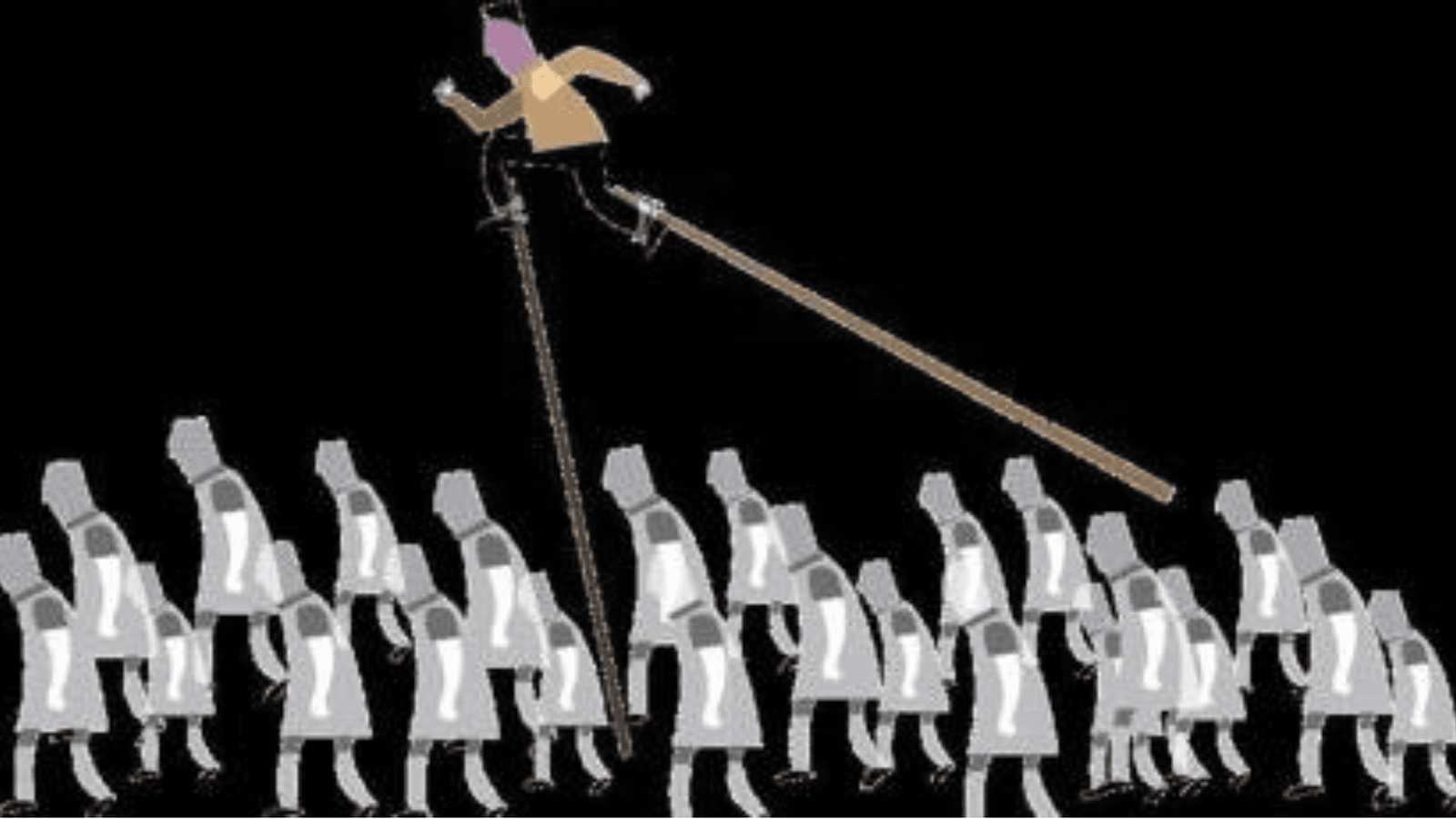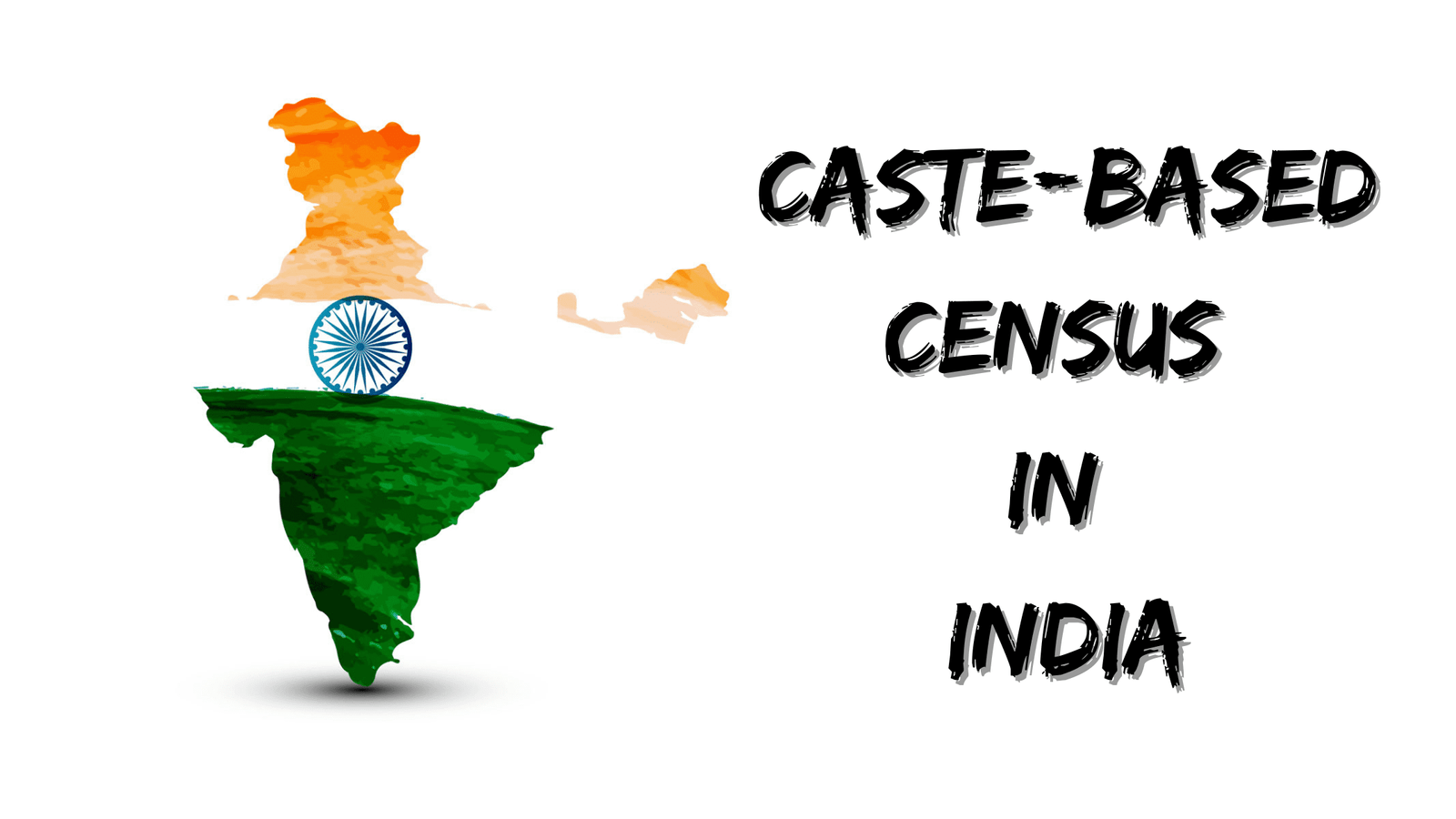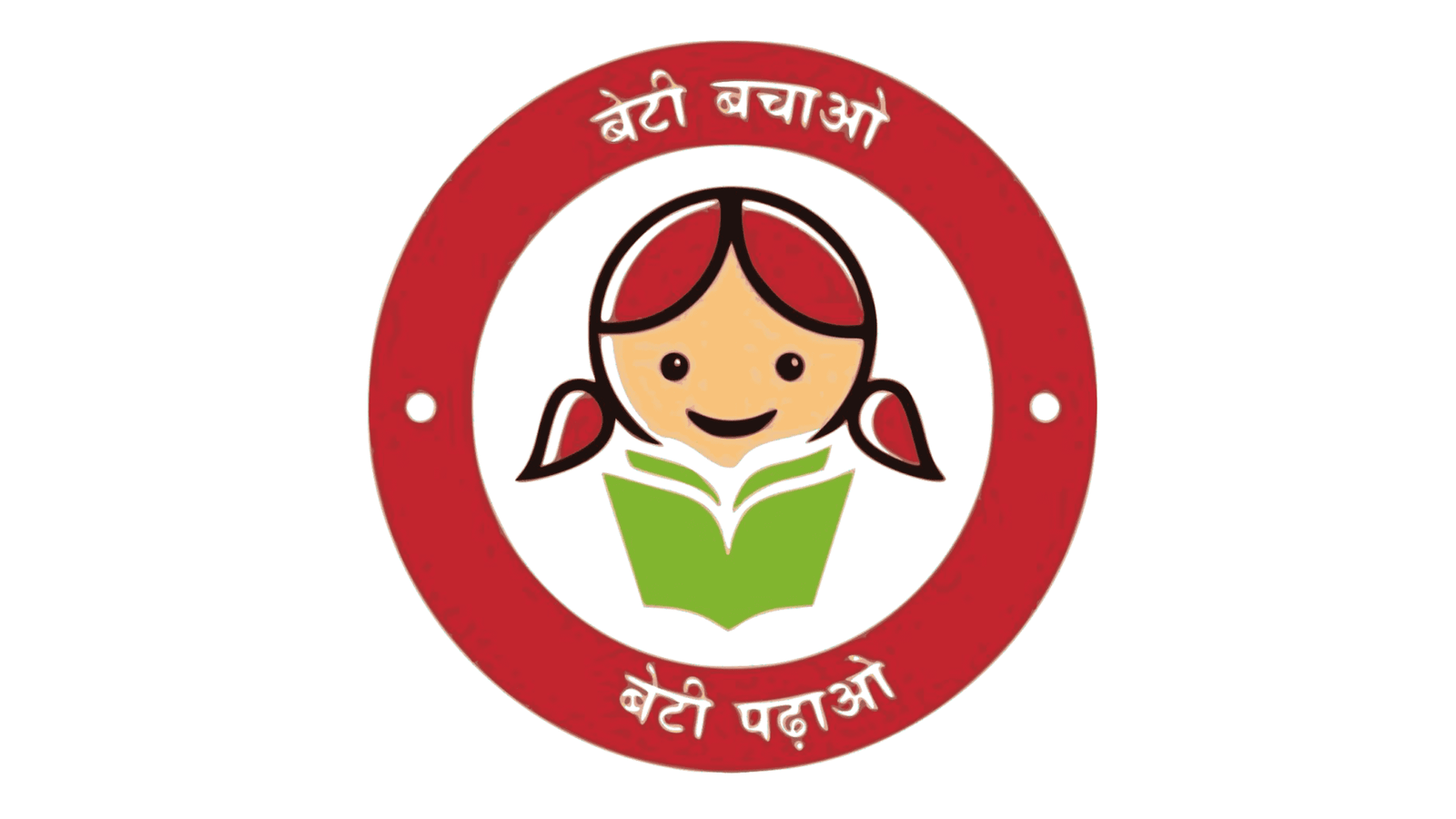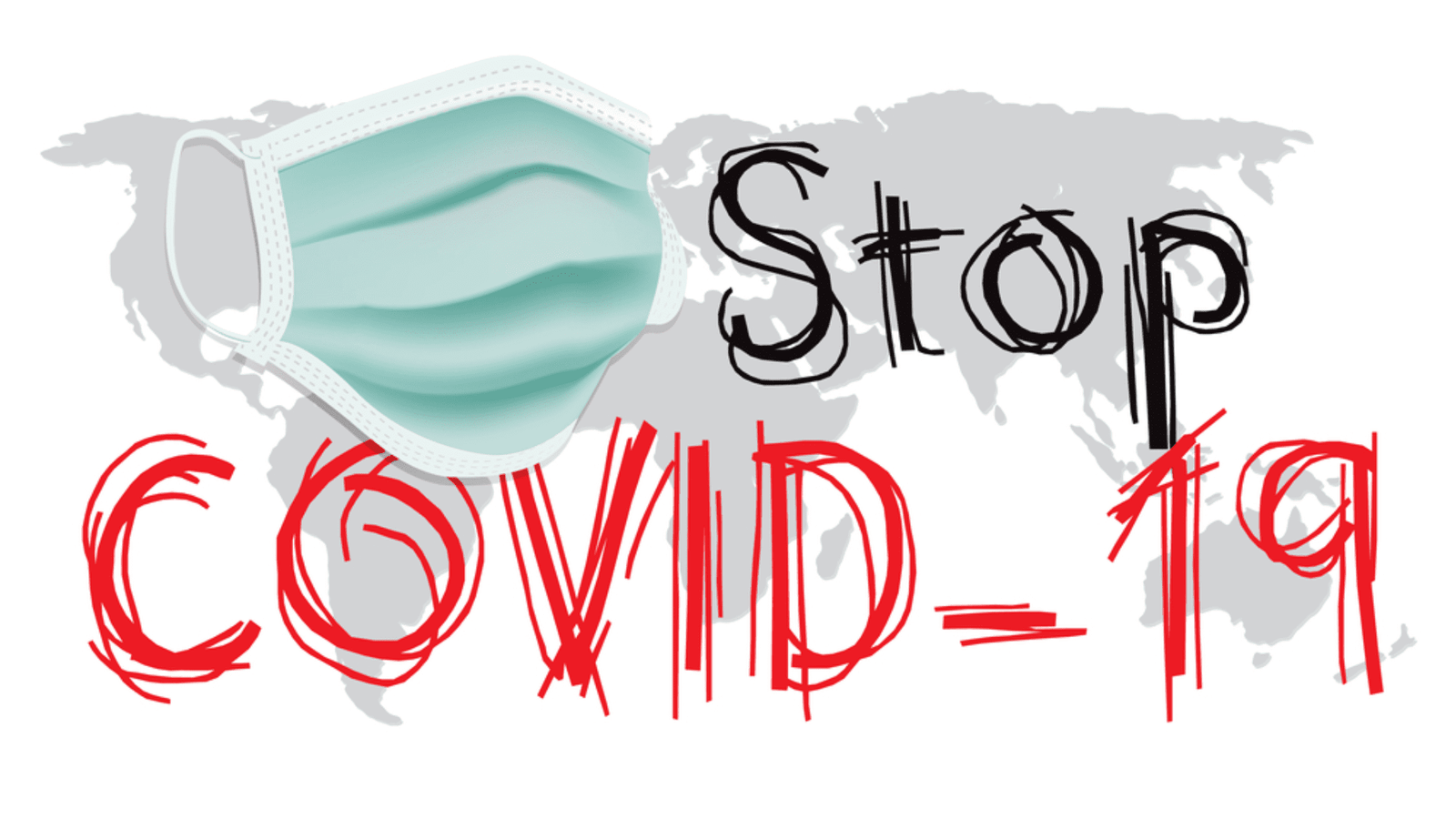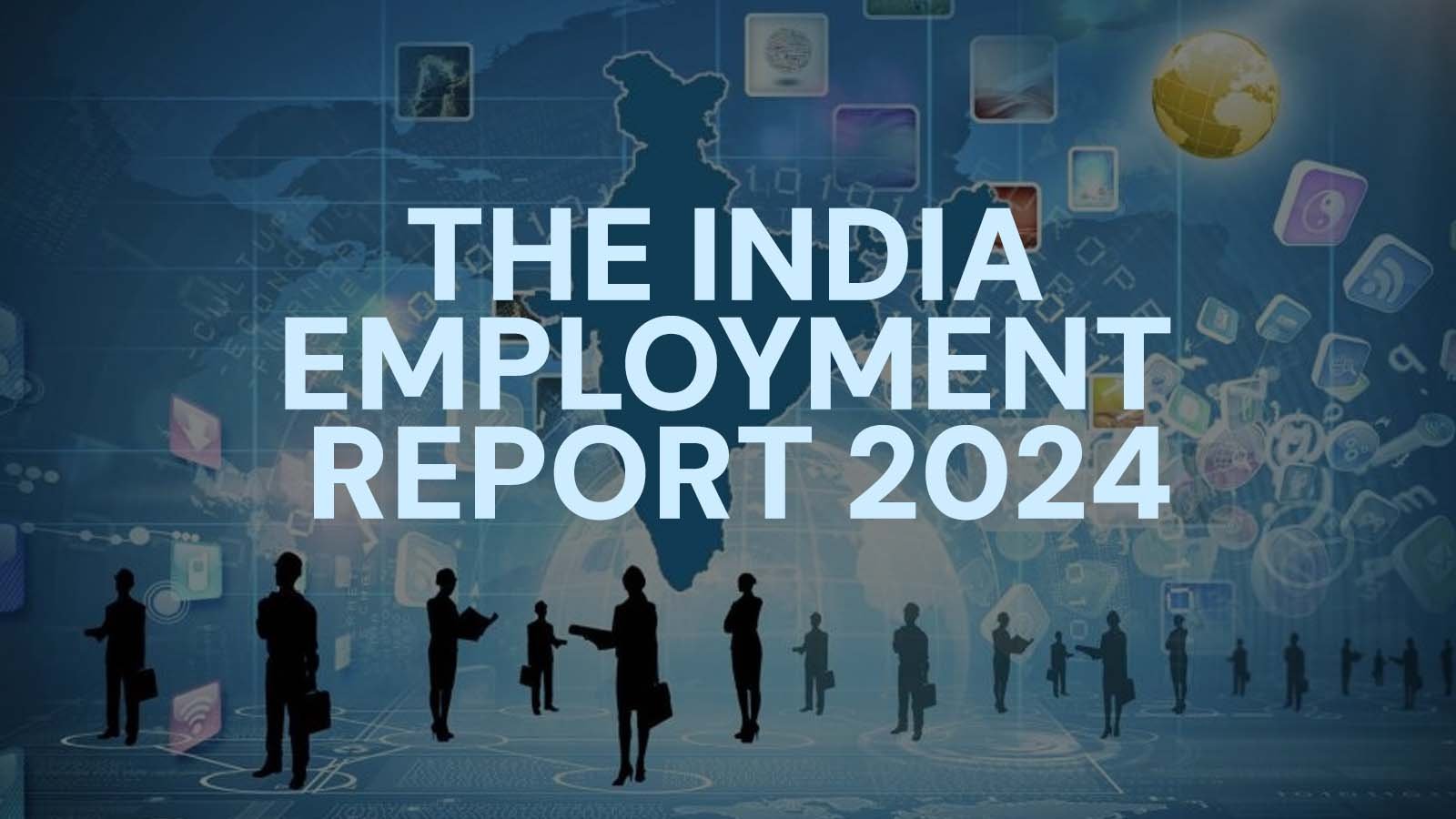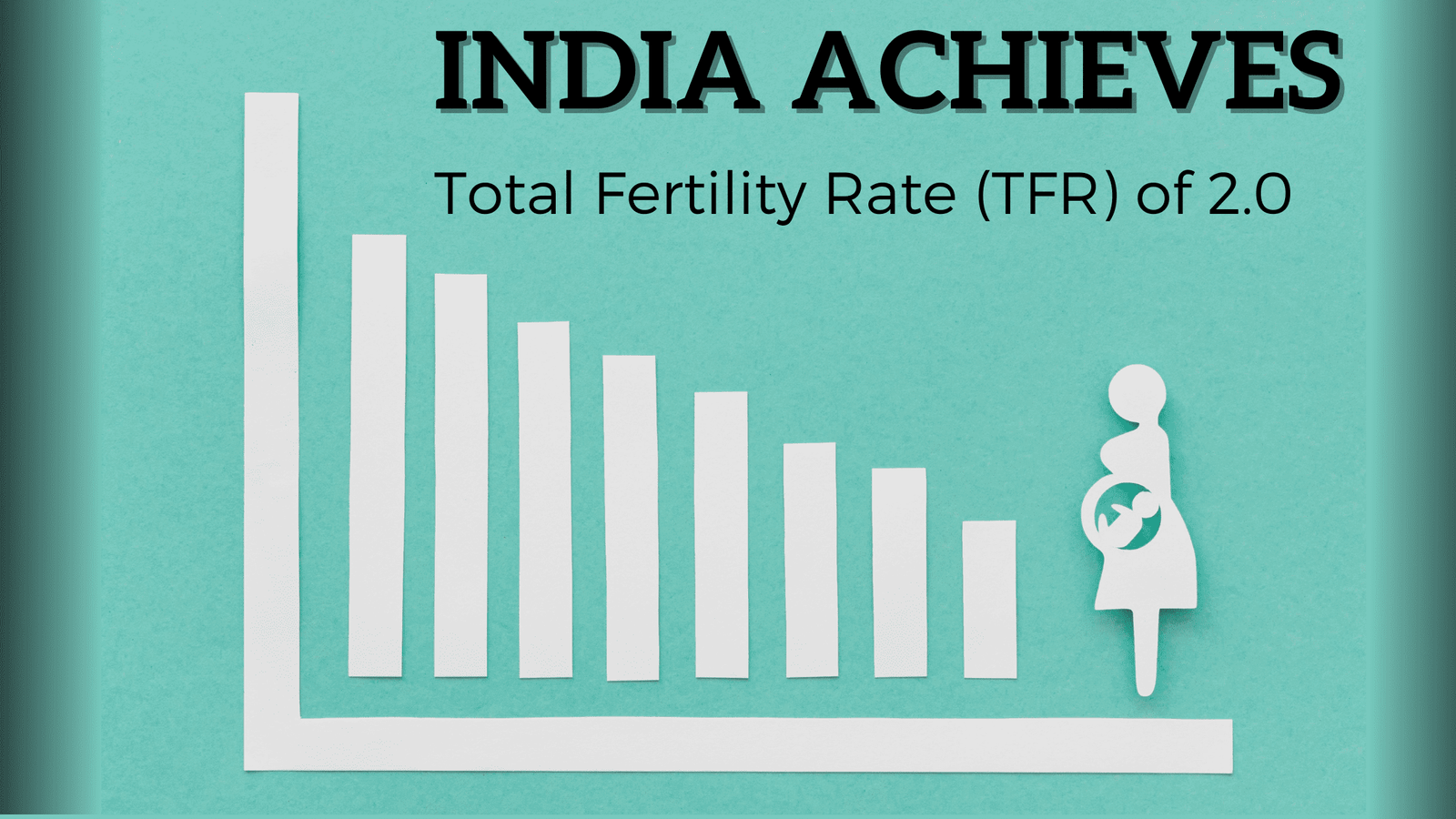
India's achievement of a Total Fertility Rate (TFR) of 2.0 holds significant sociological implications. Aspiring civil servants with a sociology optional must explore this demographic milestone from a sociological perspective, employing sociological terminologies, jargon, theories, and concepts. This article aims to provide a comprehensive sociological analysis of India achieving a TFR of 2.0, drawing upon the viewpoints of Indian and Western sociologists, relevant sociological works, statistical data, and sociological concepts to shed light on the social, cultural, and economic dimensions of this demographic achievement.
Understanding Total Fertility Rate:
Total Fertility Rate (TFR) is a key indicator used to measure the average number of children born to a woman over her reproductive lifetime. A TFR of 2.0 is often considered the replacement rate, as it represents the level at which a population replaces itself from one generation to the next without external migration. Achieving a TFR of 2.0 is an important demographic milestone for any country, with implications for population growth, aging, and social dynamics.
Perspectives of Indian Sociologists:
Indian sociologists have made significant contributions to the understanding of population dynamics in India. Scholars such as Ashish Bose, M. S. A. Rao, and A. R. Desai have offered valuable insights into the social and economic implications of fertility patterns and population growth. Bose's work, "India's Population: Aspects of Quality and Control", critically examines the challenges and strategies for population control in India, highlighting the importance of achieving a balanced TFR. Rao's research focuses on the relationship between population growth and socio-economic development, emphasizing the role of social policies and economic opportunities. Desai's seminal work, "Social Background of Indian Nationalism", explores the historical and social factors that shape India's population trends.
Western Sociologists' Perspectives
Western sociologists have also provided valuable insights into fertility patterns and population dynamics. Scholars such as Ronald Freedman, Kingsley Davis, and Nancy Folbre have contributed significantly to this field of study. Freedman's work on "Social Change and Fertility: Insights from Comparative Research" emphasizes the social and cultural factors influencing fertility rates, highlighting the importance of education, women's empowerment, and access to reproductive healthcare. Davis's theory of "social stratification and fertility" explores the relationship between socio-economic status and fertility, emphasizing the impact of inequalities on reproductive choices. Folbre's research on "The Invisible Heart: Economics and Family Values" offers insights into the economic dimensions of fertility choices and the role of gender dynamics in shaping family planning decisions.
Factors Influencing India's TFR of 2.0:
Achieving a TFR of 2.0 in India reflects the interplay of various socio-economic and cultural factors. Some key factors include increased access to education, especially for women, improved healthcare facilities, advancements in contraceptive methods, changing social norms and attitudes towards family planning, and government initiatives promoting reproductive health and family welfare. These factors have contributed to a decline in fertility rates, with families opting for smaller family sizes and spacing between children.
Implications of TFR 2.0:
India's achievement of a TFR of 2.0 has significant implications for the country's social, economic, and demographic landscape. From a socio-economic perspective, a declining fertility rate can lead to positive outcomes such as improved maternal and child health, increased female labor force participation, reduced strain on resources, and enhanced investments in education and social welfare. However, it also poses challenges, including an aging population, a shrinking workforce, and the need for adequate social security measures.
Policy Implications and Future Outlook:
India's achievement of a TFR of 2.0 necessitates a nuanced understanding of the implications and the formulation of appropriate policies. Sociologists, policymakers, and stakeholders must collaborate to address the evolving needs of the population, ensure equitable development, and overcome the challenges associated with an aging population. Policymakers must focus on providing comprehensive reproductive healthcare, strengthening education systems, promoting gender equality, and designing social welfare programs that cater to the changing demographics.
Conclusion:
India's achievement of a TFR of 2.0 is a significant demographic milestone with wide-ranging sociological implications. By examining this achievement through a sociological lens, incorporating insights from Indian and Western sociologists, and considering socio-cultural, economic, and policy dimensions, we can gain a deeper understanding of the factors influencing fertility patterns and population dynamics in India. This understanding can inform policy formulation, facilitating the design of effective strategies that promote sustainable development, social welfare, and the well-being of individuals and communities in the face of changing demographic trends.
